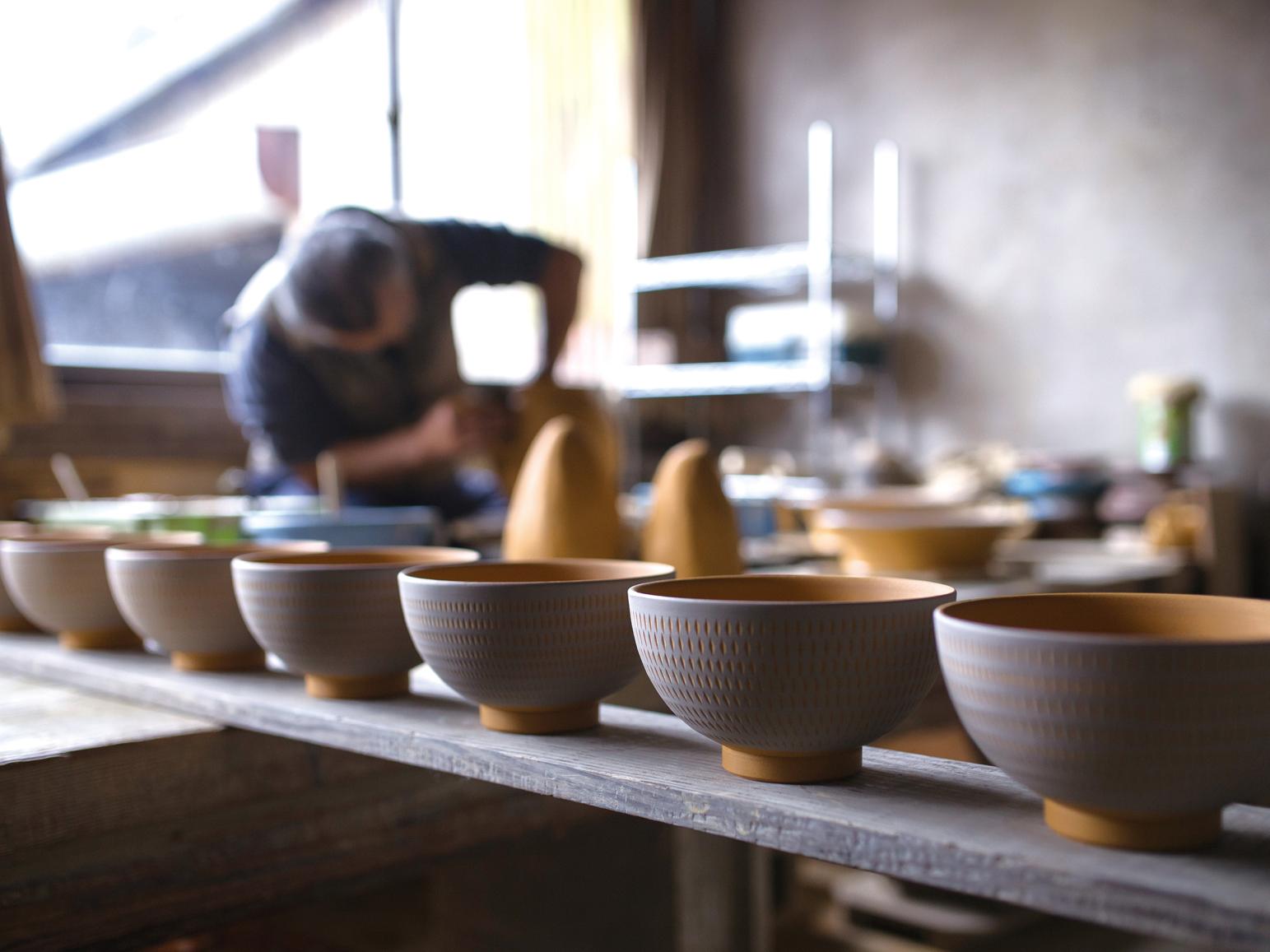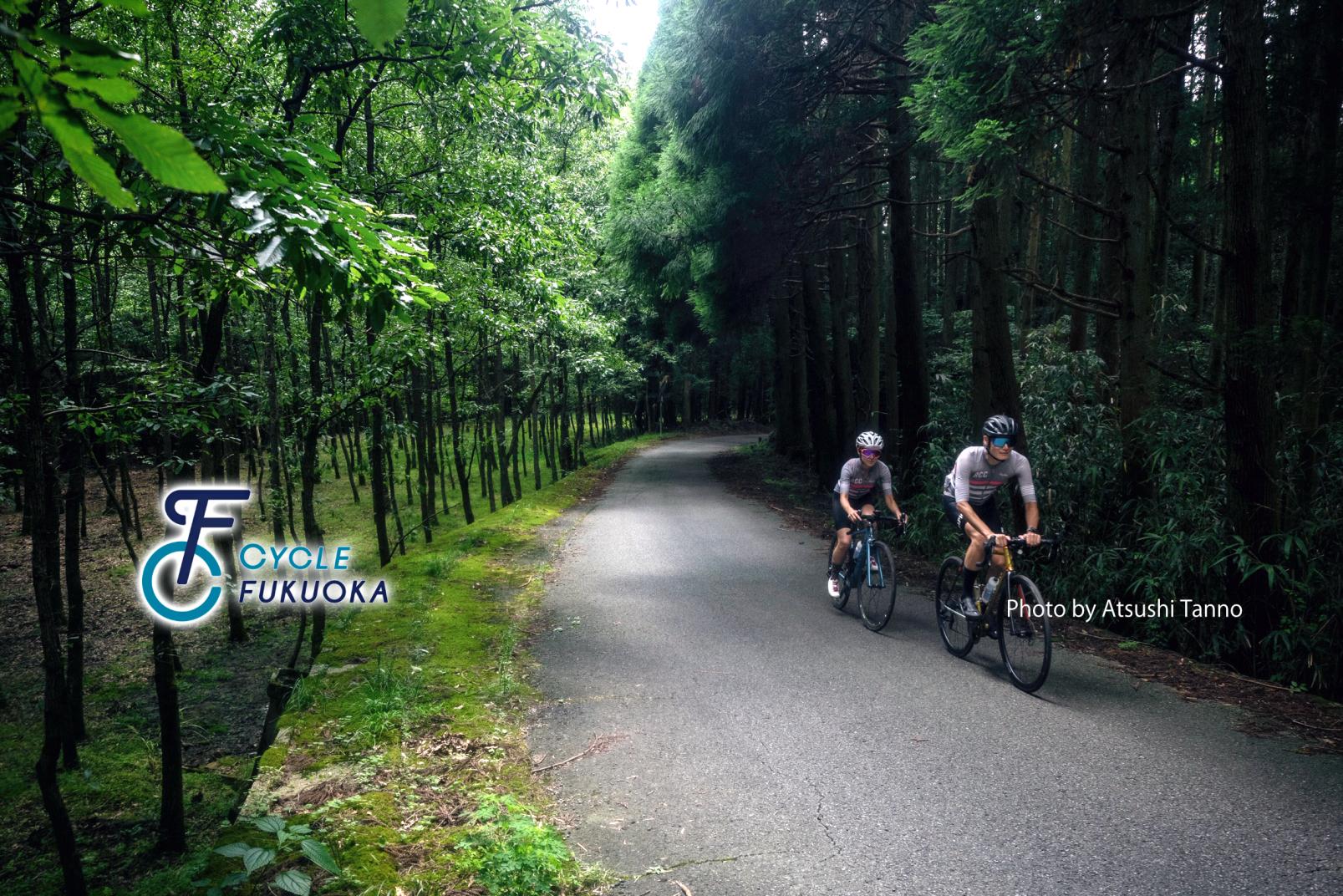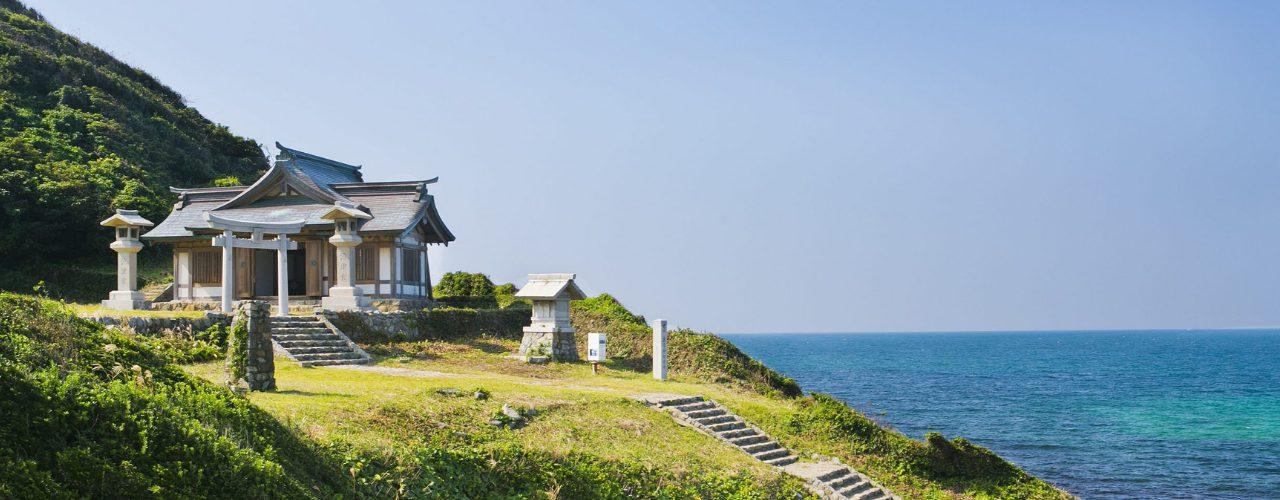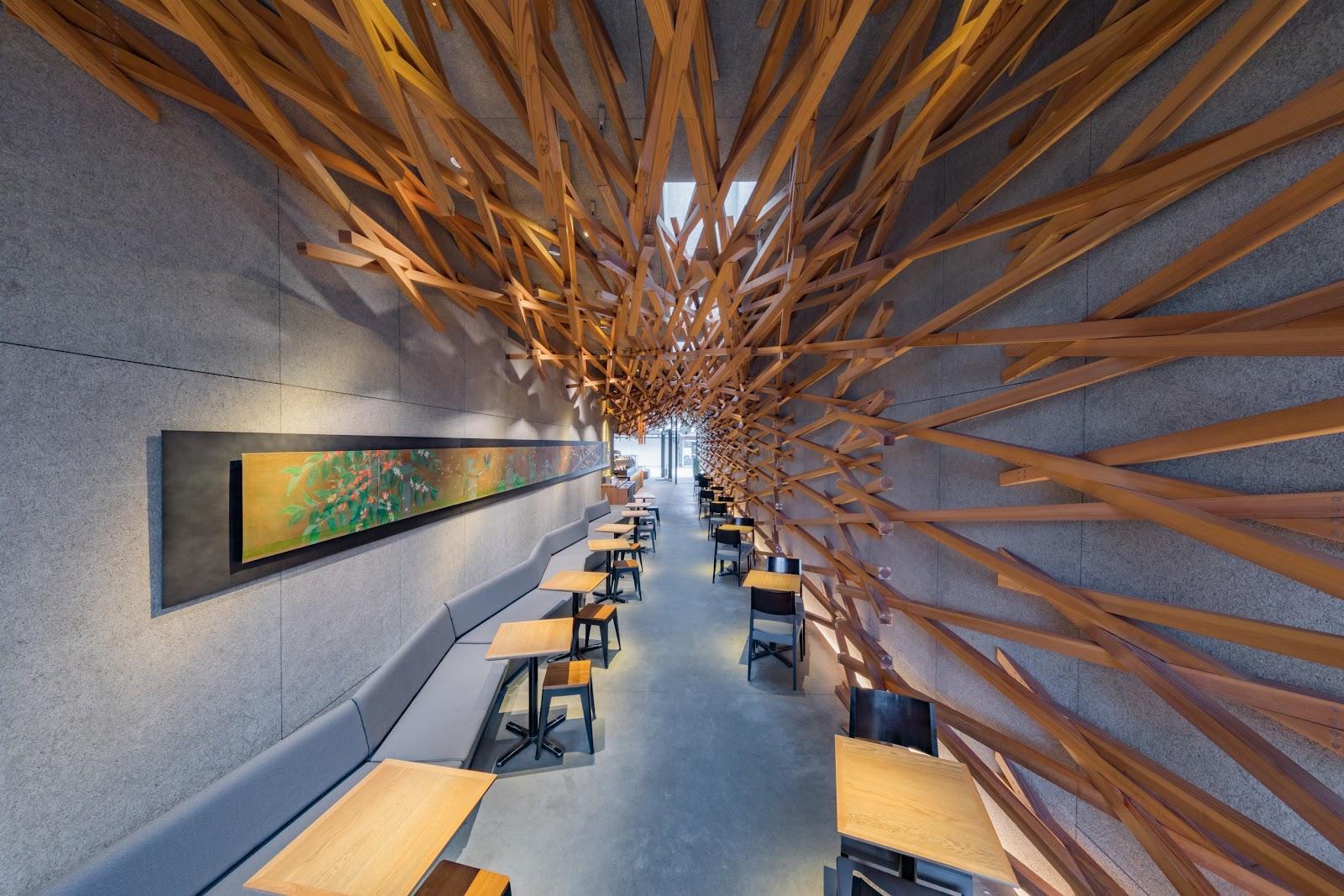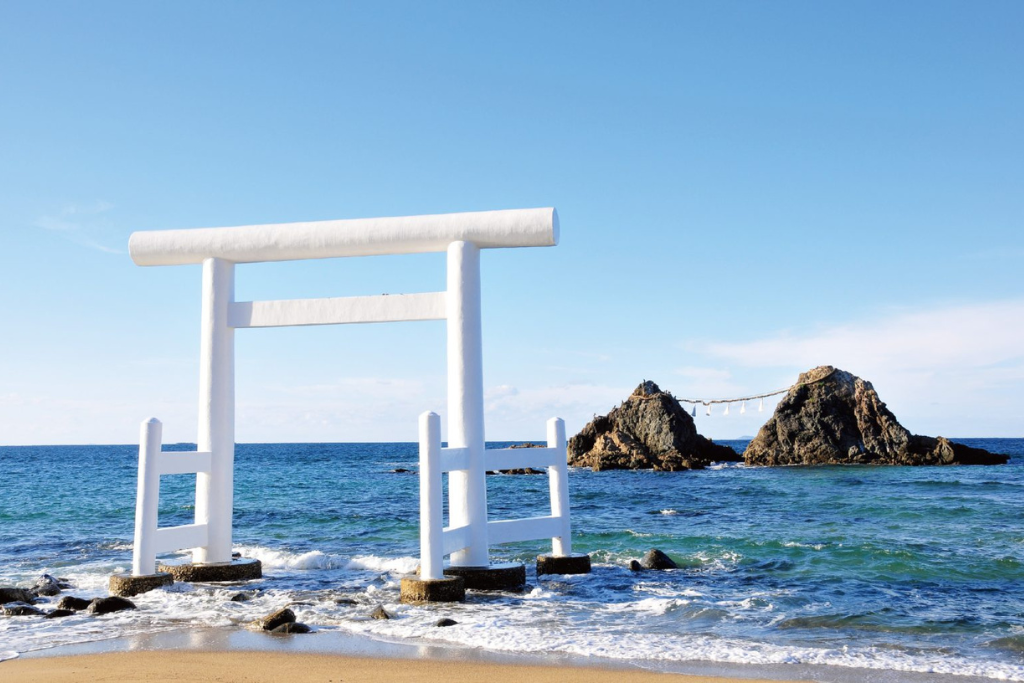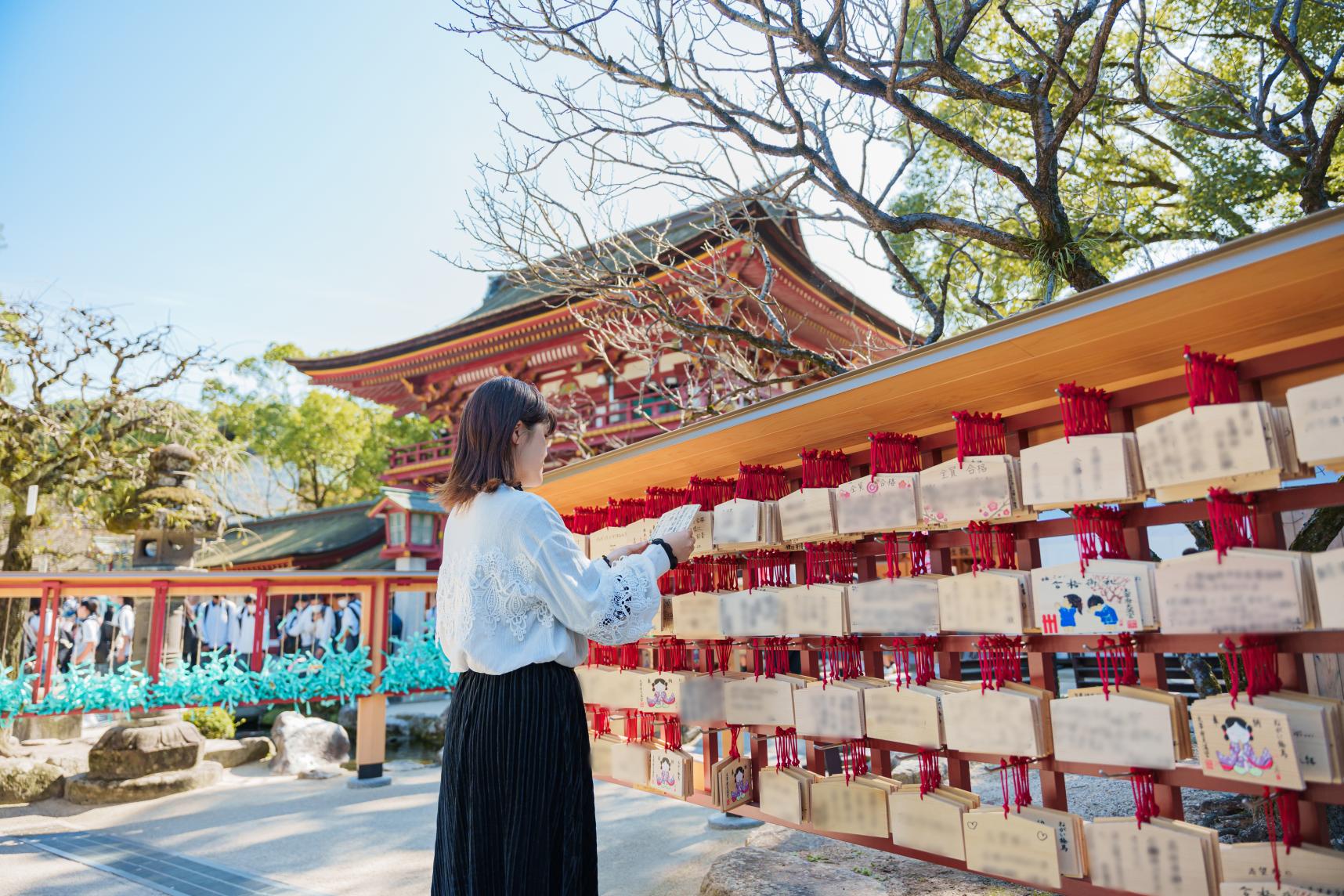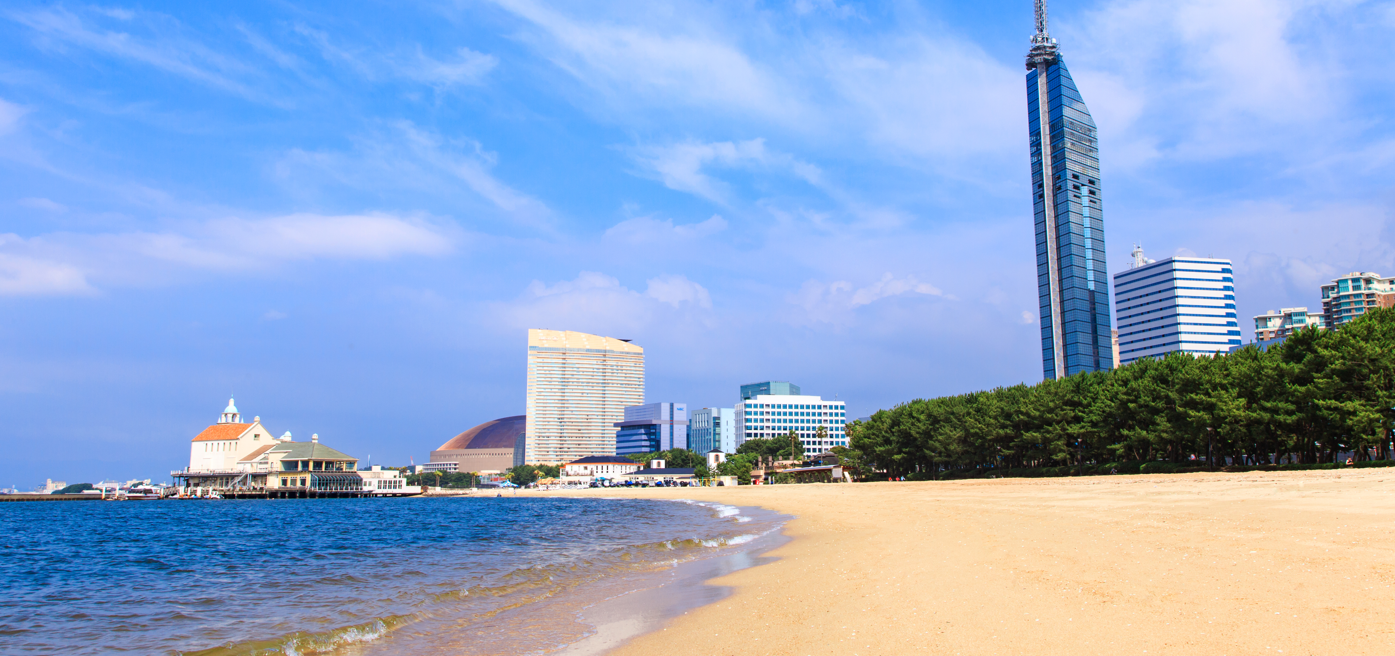
In the direction of the warm and gentle light
An interview with Hiroki Ito, the eighth generation of the Ito family to run Ito Gonjiro Shoten, a more than 200-year-old lantern shop; A close look at the appeal of Yame lanterns and the pride held by this young craftsman.
Located roughly 1 hour by car from central Fukuoka City. *Visiting by car is most convenient.
A traditional craft nurtured in the Chikugo region’s rich natural environment
In search of that gentle light that illuminates us through Japanese paper… Yame City, in the Chikugo region in southwestern Fukuoka Prefecture, is about an hour’s drive from downtown Fukuoka City. Classified as a provincial city, Yame is home to roughly 60,000 people, and blessed with beautiful mountain greenery and sources of pure water. (*Source: 2020 national census (preliminary tabulation)) Throughout the Edo period (1603-1868) and up to the end of the Tokugawa shogunate (in the late 1800s), the area belonged to the Kurume Domain, led by the prominent Arima family. The streets in the city center bear the remnants of the former castle town’s prosperity long ago.
The fertile soil and clear waters pouring into the Chikugo River were essential in cultivating traditional craft culture. Yame, one of Japan’s leading tea producing regions, is also well-known for producing materials such as bamboo and hand-made washi, or traditional Japanese paper. The area gave rise to a number of traditional crafts, including Yame Fukushima Buddhist altars, Yame stone lanterns, and Yame Japanese tops – the charms of which have been passed down to the present day.
Paper lanterns were originally only used during festivals, ceremonies, and other religious occasions. However, once candles became more prevalent during the Edo period, this type of lantern became more popular among the common people, who began to use them as lighting fixtures in their everyday lives. The most common types of lanterns were yumihari-chochin, portable lanterns with a bow-shaped handle that attached to the top and bottom of the lantern, and tsuri-chochin which were suspended from above. However, a broad range of other sizes and shapes could also be found.
In Japan, it is customary to display Bon lanterns as a way of honoring the spirits of one’s ancestors during O-bon season each year in August. Another familiar sight are sacred lanterns known as go-shinto, which are hung up in front of temples and shrines as offerings, or displayed where performers are staying to bring them luck in their performances. Thus, lanterns play both cultural and practical roles as an indispensable tool in the lives of people in Japan.
Yame lanterns, a nationally designated traditional craft, are one of the rare handicrafts that developed from this lineage. They originate from lanterns created in the towns of Yame and Fukushima in the early 1800s. From the Taisho period (1912-1926) onward, Bon lanterns in the unique Yame style became mainstream and spread throughout Kyushu.
One-of-a-kind craftsmanship that brings together the culture of Yame
Downtown Yame still features examples of Japanese townhouse architecture, which are quite charming to see. It’s not a bad idea to take a leisurely stroll among the houses, some with visible wall pillars in the so-called shinkabe-zukuri style, and others in the igura-zukuri style, which are only one-story tall but built to look like they have two stories. Inside one of these old houses s is Ito Gonjiro Shoten, the origin of Yame lanterns. The founder, Yahei Ito, who previously worked as a carpenter crafting furniture and housing fixtures, opened the shop in 1815. Seihachi, Yahei’s son and the second generation to run the shop, began crafting Bon lanterns, while Gonjiro, the fourth generation, gave the shop its current name.
This is the only family in Yame that creates decorative lanterns displayed at temples, shrines, and restaurants. Hiroki Ito, the eighth generation of the Ito family to carry on its legacy, was born in 1990. After graduating from university, the spirited young craftsman sought a full-time job because he wanted to step out into the world a bit before taking over the family business. After a career in planning and sales at a major commercial facility, he returned home in 2016 and began crafting Yame lanterns.
Yame lanterns are characterized by their unique construction. In Kyoto and Gifu, which are among Japan’s leading centers of lantern production, craftsmen take thin strips of bamboo, which form the lantern framework, and wind these one by one around a wooden pattern that serves as a base. Each Yame lantern, however, is crafted using washi to connect thin strips of bamboo into a single strip that can be up to dozens of meters long, which the craftsman then winds by hand into a spiral shape. This is known as the “single-strip spiral method.”
Another major characteristic is that even the thin strips of bamboo and hand-made washi used as materials can be procured locally. This is also one of the reasons that lanterns continue to be crafted in Yame.
The first step is to assemble a wooden pattern to form a base. After this, the craftsman secures the wooden pattern to a pedestal, and rotates it while winding on the thin strip of bamboo, which he then covers with sheets of washi. The element that makes Yame’s “single-strip spiral method” possible is the flexible, rope-like strip of bamboo created by joining shorter strips of bamboo together into a single long strip using washi and glue. At this point, Ito notes, “You can tell how skilled a craftsman is just by the way they join the strips together.” He adds that it’s not a good idea to use too much glue, and that the trick is to create some “play” between the two ends by not fastening them together too tightly.
After the entire strip of bamboo has been wound, the craftsman evens out the height of the various segments. This both reinforces the lantern structure and makes the overall surface look more attractive. Once this step is finished, the craftsman lightly applies a layer of glue by tapping with a glue brush. Then, he quickly attaches a sheet of washi over the entire surface. It is naturally more difficult to attach the washi at the ends, which are sharply curved, because the paper tends to sag. Once the paper is attached, he uses a razor to carefully shave off the excess paper in a single breath. The craftsman repeats this process several times to cover the entire lantern. He then lets the glue dry overnight before removing the wooden pattern. Next, he lines the mouth of the lantern to reinforce it, and applies folds using his fingers, before finally attaching tree bark to the top and bottom to complete the lantern.
The next step is painting. From this point, Ito’s brother Tatsuya, a painter, takes over to breathe life into the lanterns. The entire crafting process is divided among roughly ten craftsmen, each in charge of one or more steps, and this division of labor has been a key arrangement in preserving the long-established shop for more than 200 years.
Lanterns have often been depicted in ukiyo-e woodblock prints, and are an essential part of everyday life in Japan. Traditional Japanese lighting, which softly illuminates people’s daily lives, combines design properties and a beauty of form that go beyond mere functionality.
Experience the soul of world-renowned Yame lanterns
Lanterns covered in denim fabric, and lanterns depicting mythical creatures and skeletons… The workshop is dotted with some rather unique, eye-catching creations. Ito has been vigorously promoting collaborations with other industries, including companies and shops. It’s not easy to produce avant-garde and cutting-edge projects in a craft industry that values tradition, but Ito’s talent and determination as an artist are apparent in the numerous, never-before-seen, innovative projects that he has created.
His painstaking work has also been well-received overseas. Ito provided Yame lanterns with original designs for the 2018 Disney movie The Nutcracker and the Four Realms at the request of the film’s production team. He also delivered personally-crafted works to the studio in charge of the Netflix original movie Rebecca, released in 2020. Ito has long believed that, “Lanterns are what set the stage in Japan.” He has reaffirmed the aesthetic value of lanterns and is convinced that they hold even further potential.
These sorts of global activities are only possible because Ito’s work is backed by a sincere attitude toward craftsmanship and a pure spirit.
“Manufacturing in a capitalistic economy emphasizes production efficiency and profits, but our work is different because we deal with gods, not people. We craftsmen face the gods with our hearts, not with efficiency and profits. The gods see everything, so we always try to engage in our work with a sense of humility.”
In fact, many of the shop’s works have been given as offerings to places where the gods dwell, such as shrines and temples. Ito says, “When invited into sacred areas, I stand up straight and tall, and I feel more resolute.” We visited Kushida Shrine in the Hakata Ward of Fukuoka City, one of the locations where the shop’s works have been dedicated.
Located within walking distance of the Nakasu business district in Fukuoka City, Kushida Shrine is the sacred venue of Hakata Gion Yamakasa, Fukuoka’s most famous festival. The shrine is a popular spot, and locals refer to it affectionately as “O-Kushida-san.” In addition to lanterns only used for special religious ceremonies, the round, yellow lanterns hanging at the inner shrine’s left and right gates are also the work of Ito Gonjiro Shoten. The design on these two lanterns is based on the large ginkgo tree growing within the shrine grounds, with markings representing the leaves changing color and falling to the ground as the season changes.
The vivid yellow color of these lanterns catches the eye. Sadafumi Takayama, a junior priest at the shrine, notes that, “Many people stop walking and gaze intently at the lanterns, or take photos. Visitors from overseas also seem to enjoy the lanterns, and that makes us happy too.” Dedicating Yame lanterns to the historical and traditional tutelary shrine of the Hakata area in Fukuoka… Such a precious experience meant the world to Ito.
Lighting lanterns is a way for people to welcome in the gods and the spirits of their ancestors. It is in the realm beyond light that the traditions and spirit of Japan quietly reside. Lanterns are a medium that connect us to another world, and through his works, Ito continues to converse with this unseen realm each and every day.
Ito Gonjiro Shoten
Hiroki Ito / Yame Lantern Craftsman
Born in Fukuoka Prefecture in 1990. Studied marketing in university, and after graduation, worked as a marketer at a fashion-oriented shopping center. Later, he devoted his time to crafting lanterns as a craftsman at Ito Gonjiro Shoten, a 200-year-old shop in Yame City, Fukuoka Prefecture. Currently, he engages in novel projects on a daily basis, while preserving traditions as the eighth generation of the Ito family to run the shop.
Ito Gonjiro Shoten

220 Motomachi (Higashifurumatsu), Yame City, Fukuoka Prefecture
+81-943-22-2646
Kushida Shrine

1-41 Kamikawabatamachi, Hakata Ward, Fukuoka City
+81-92-291-2951
The grounds are open all day. (The inner shrine gate is open from 4:00 to 22:00.)
Interview and text:Mayuu Yasunaga(Chikara)
Translation:Aaron Schwarz
Photography:Kazuhiro Kaku
Project Direction:Chikara


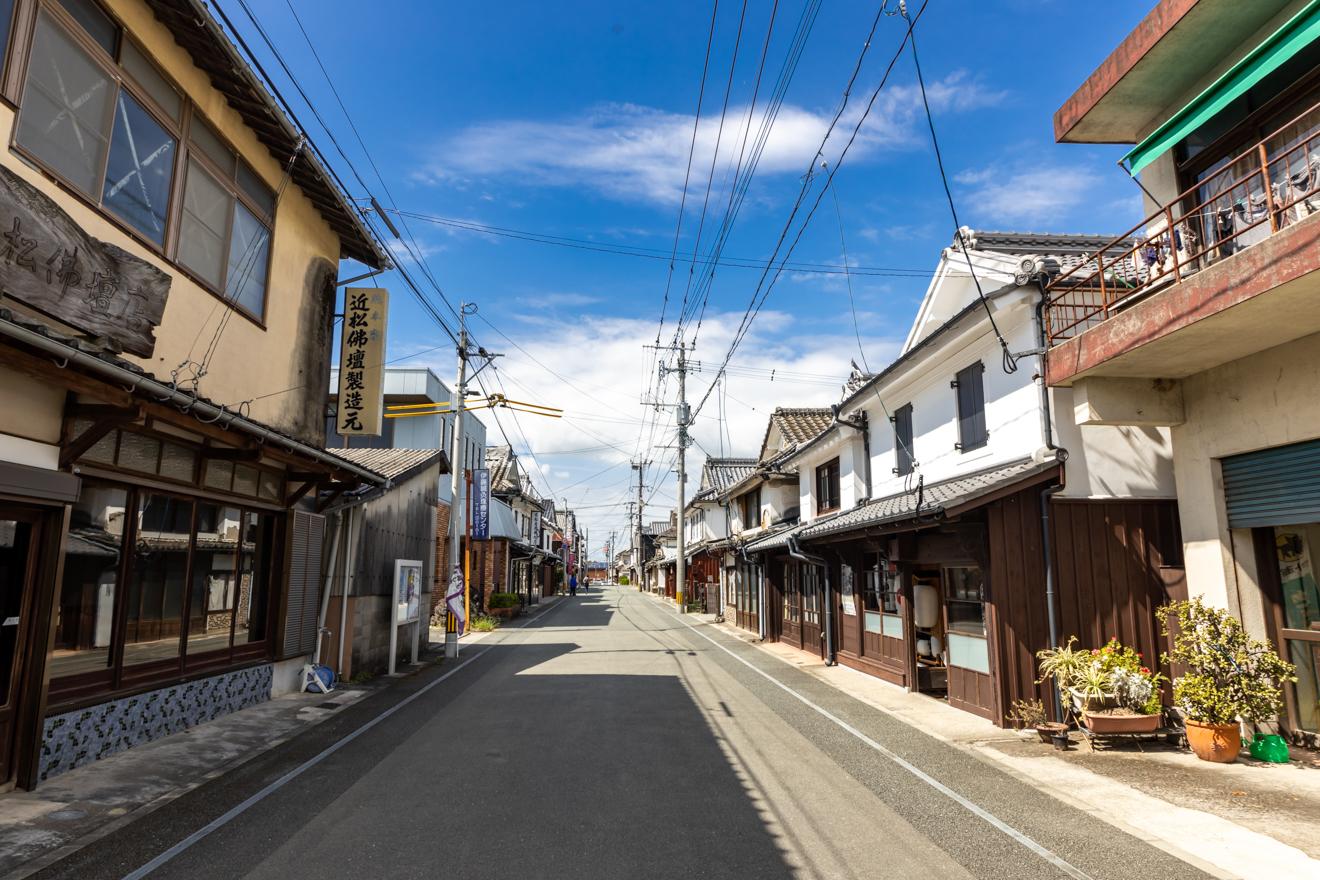
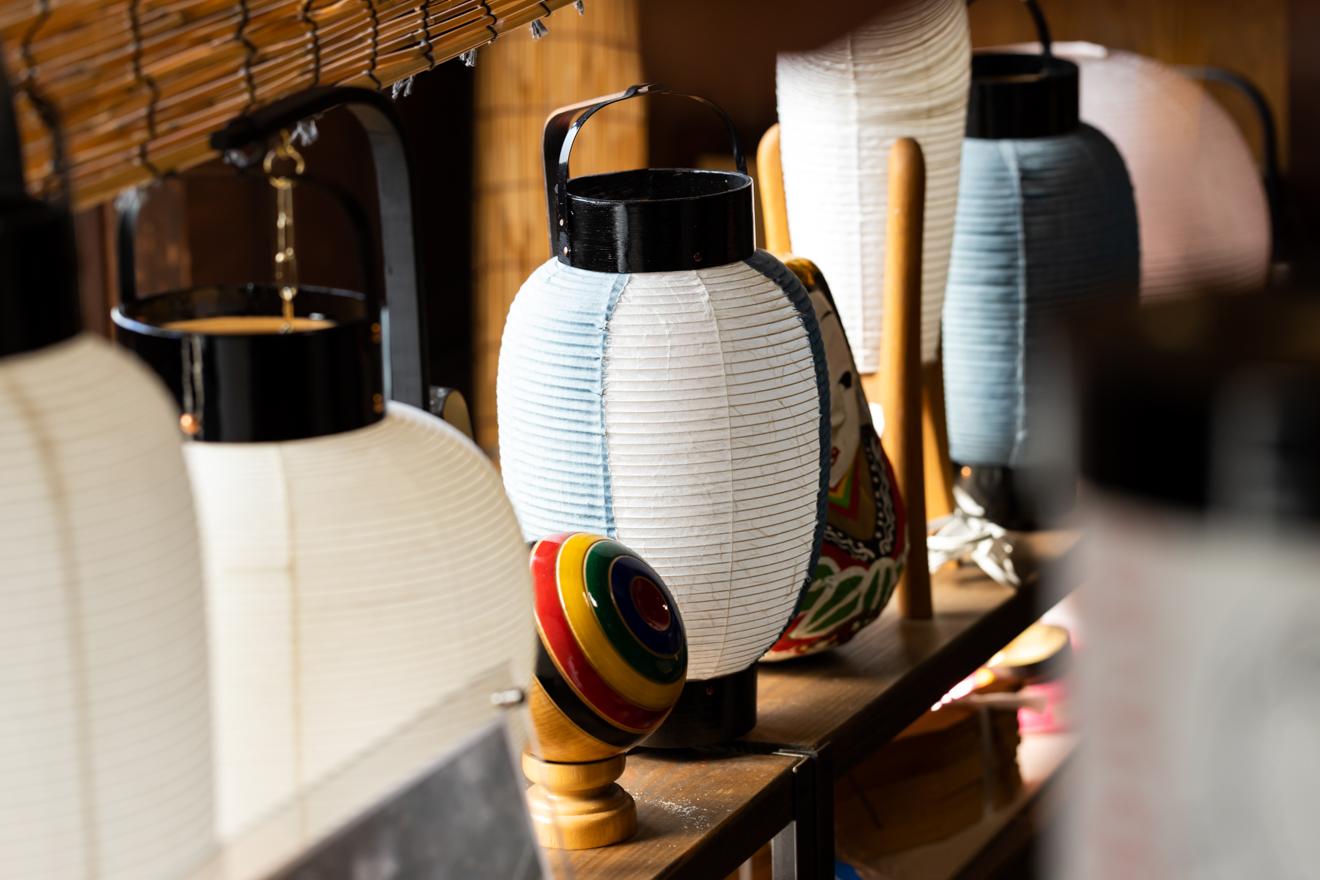
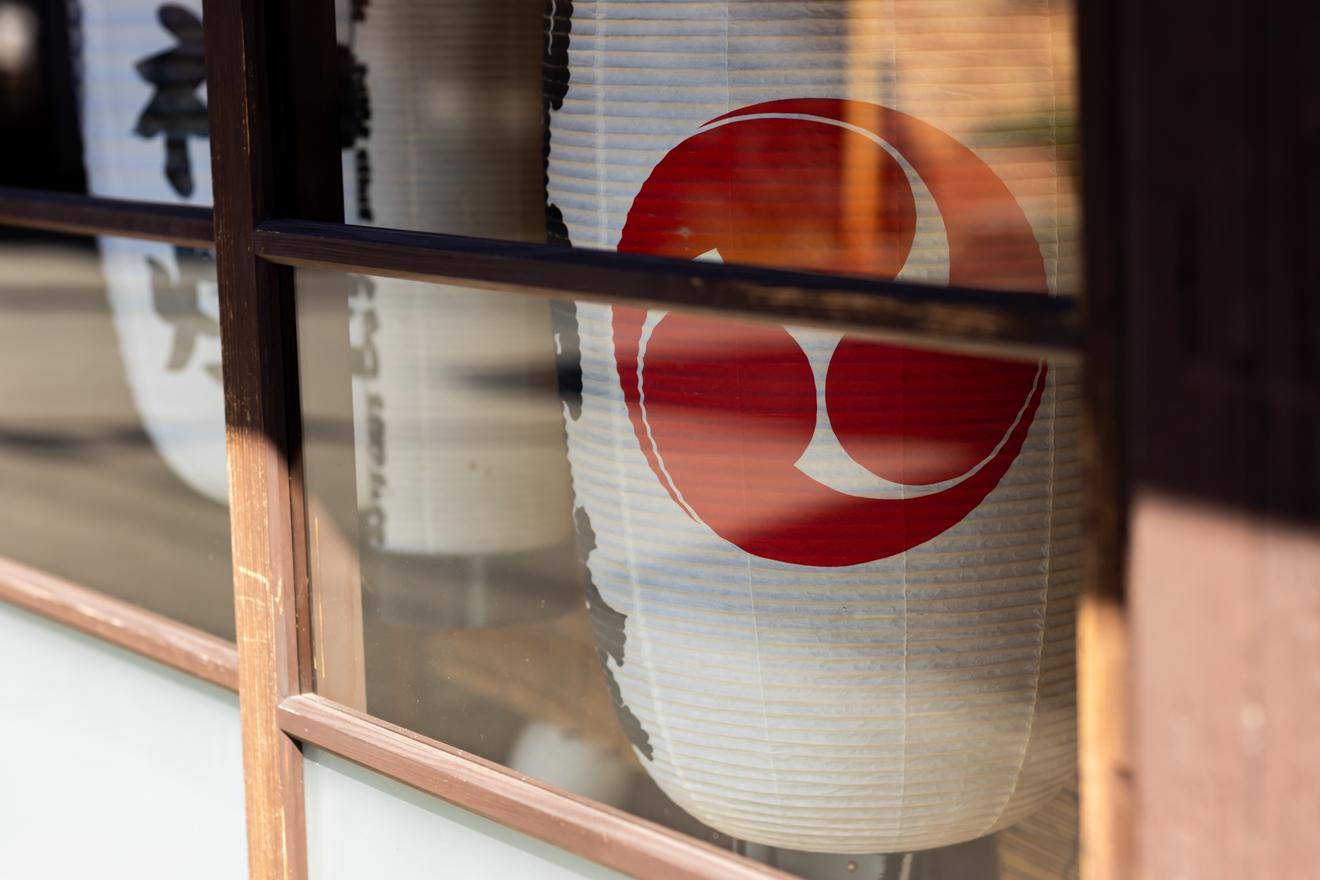

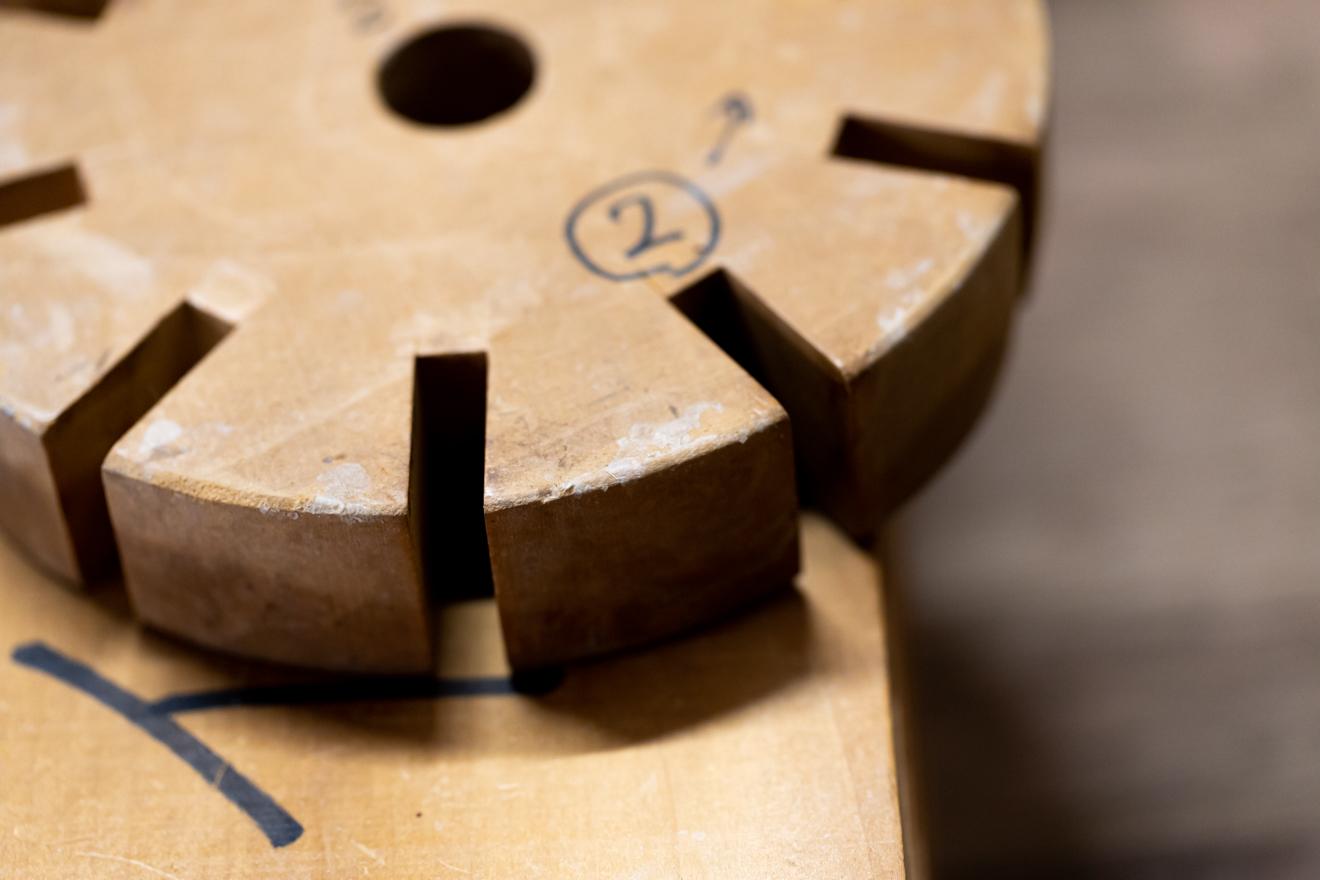
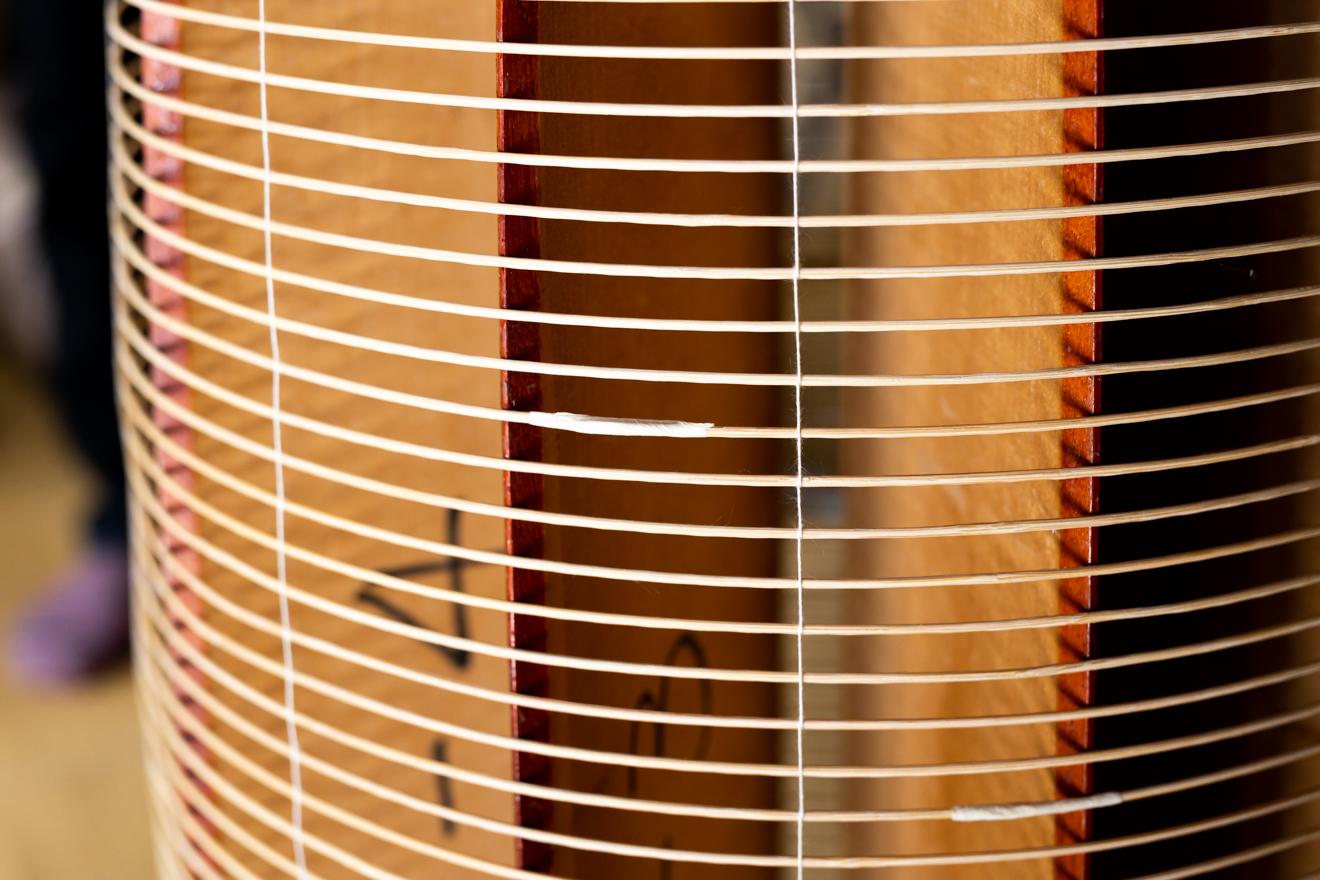
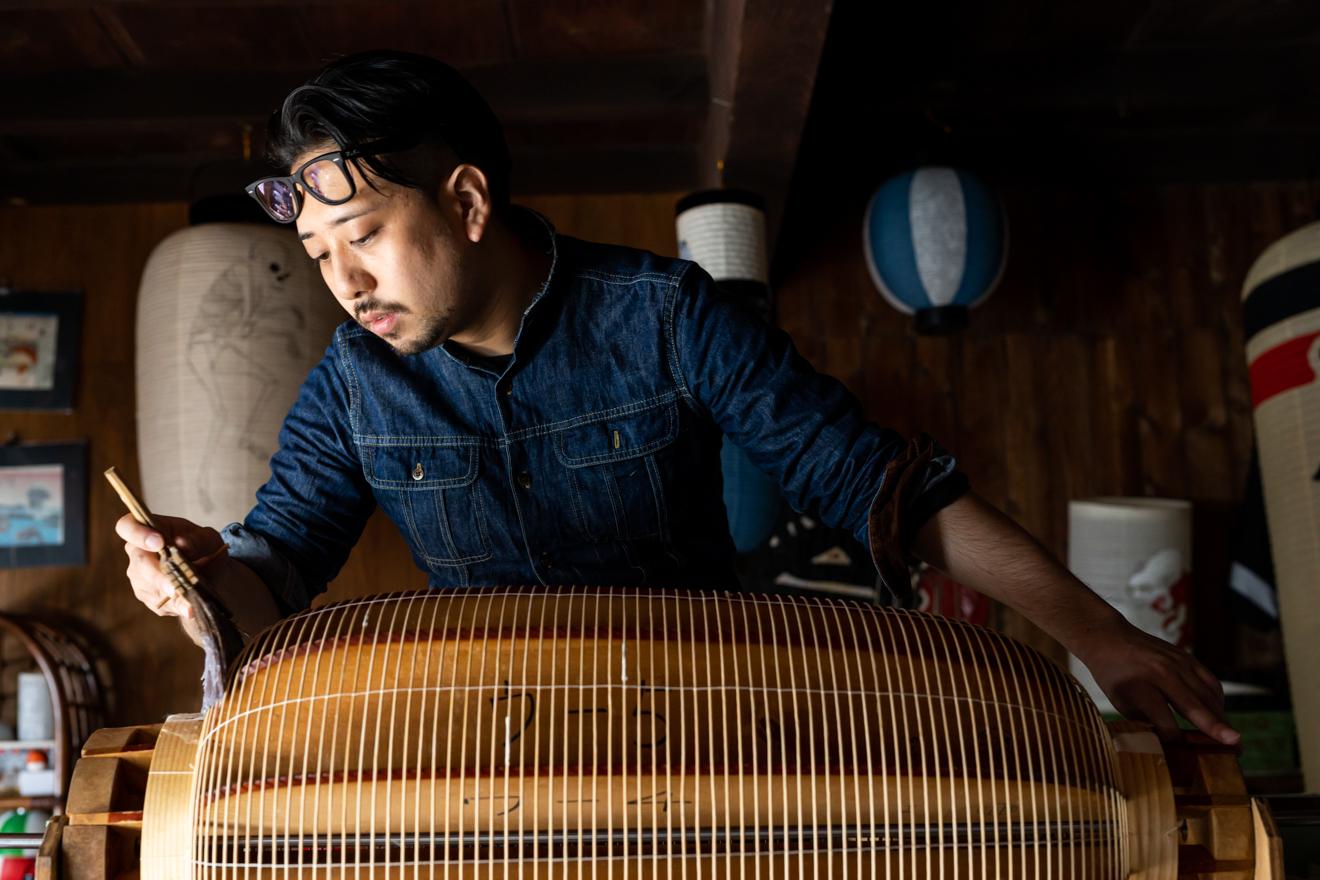
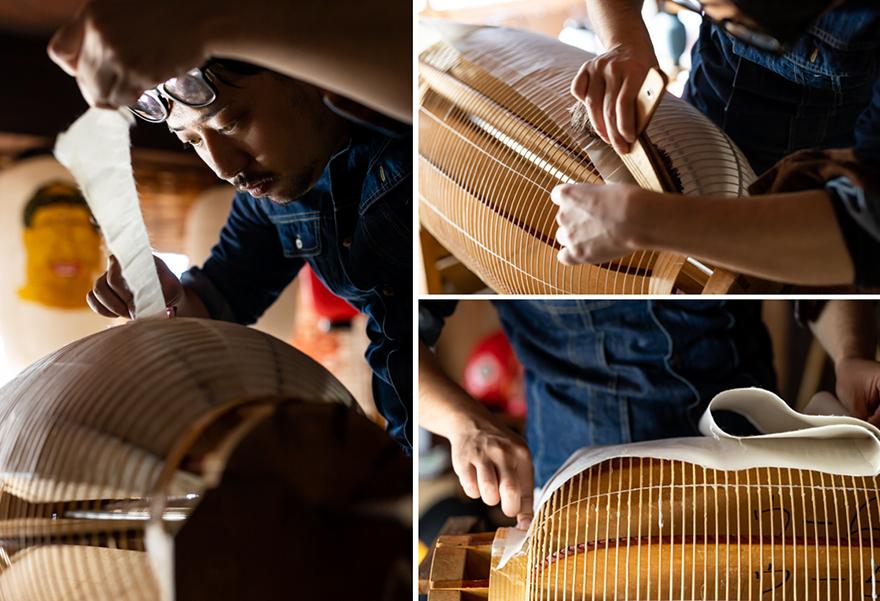
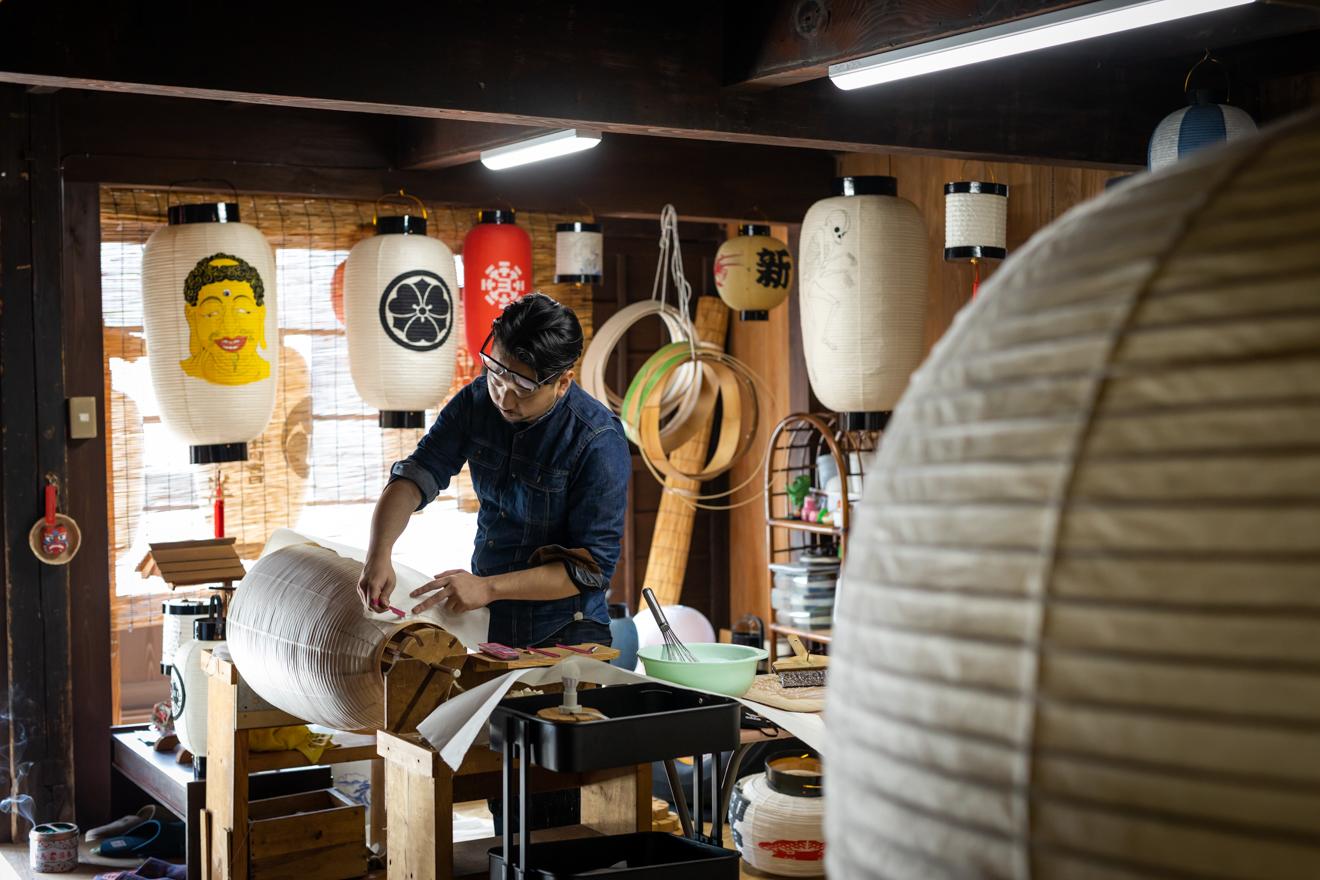
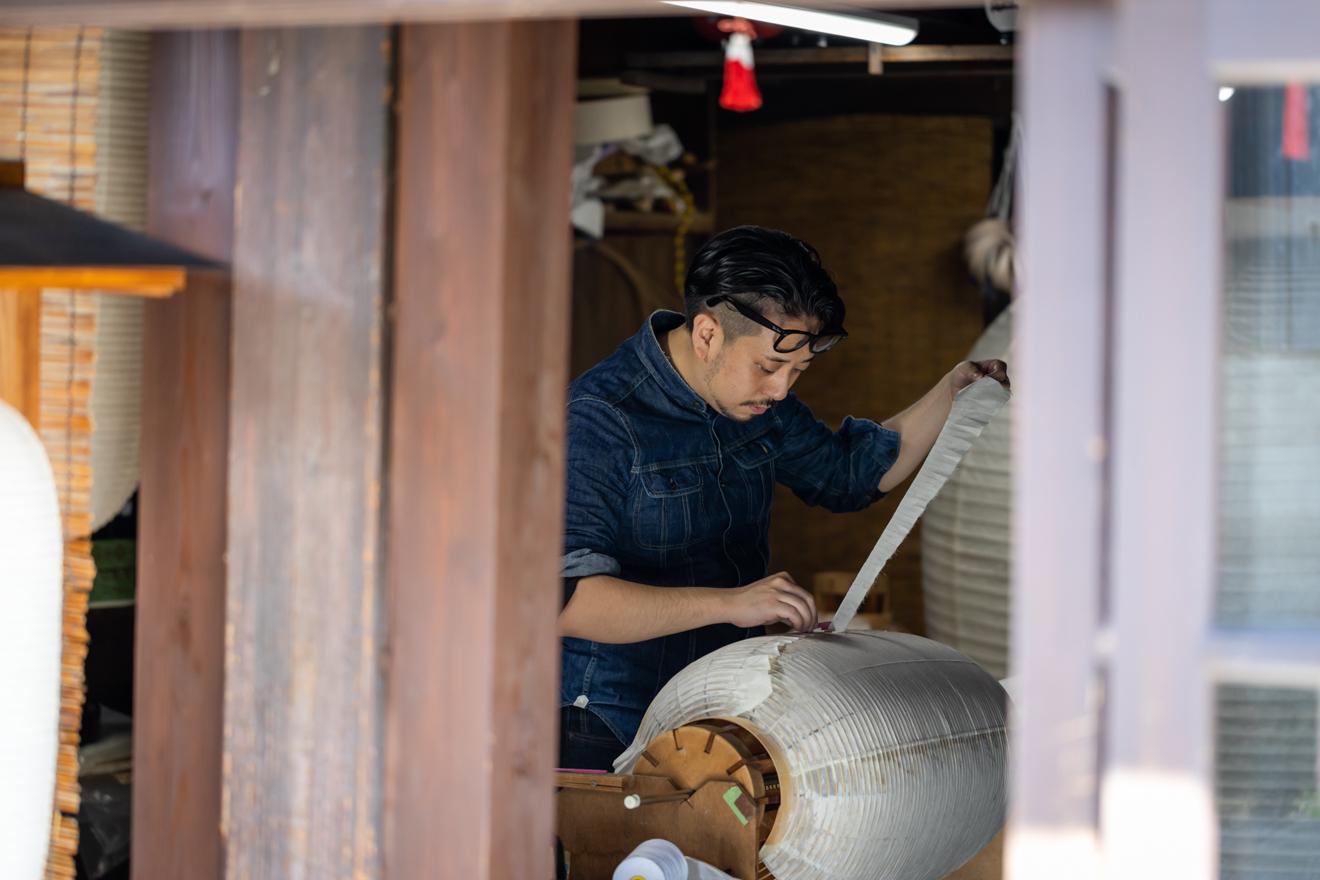
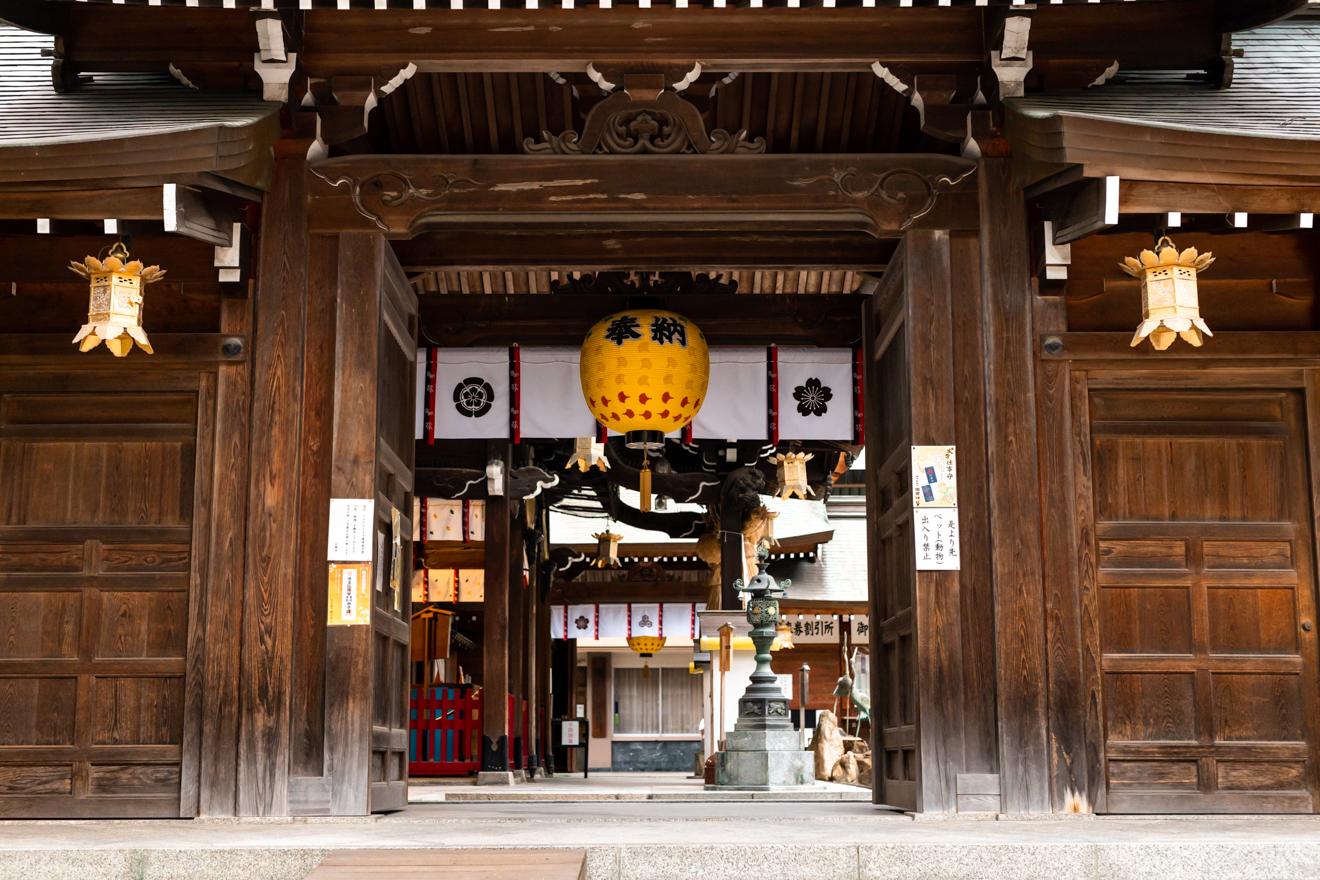
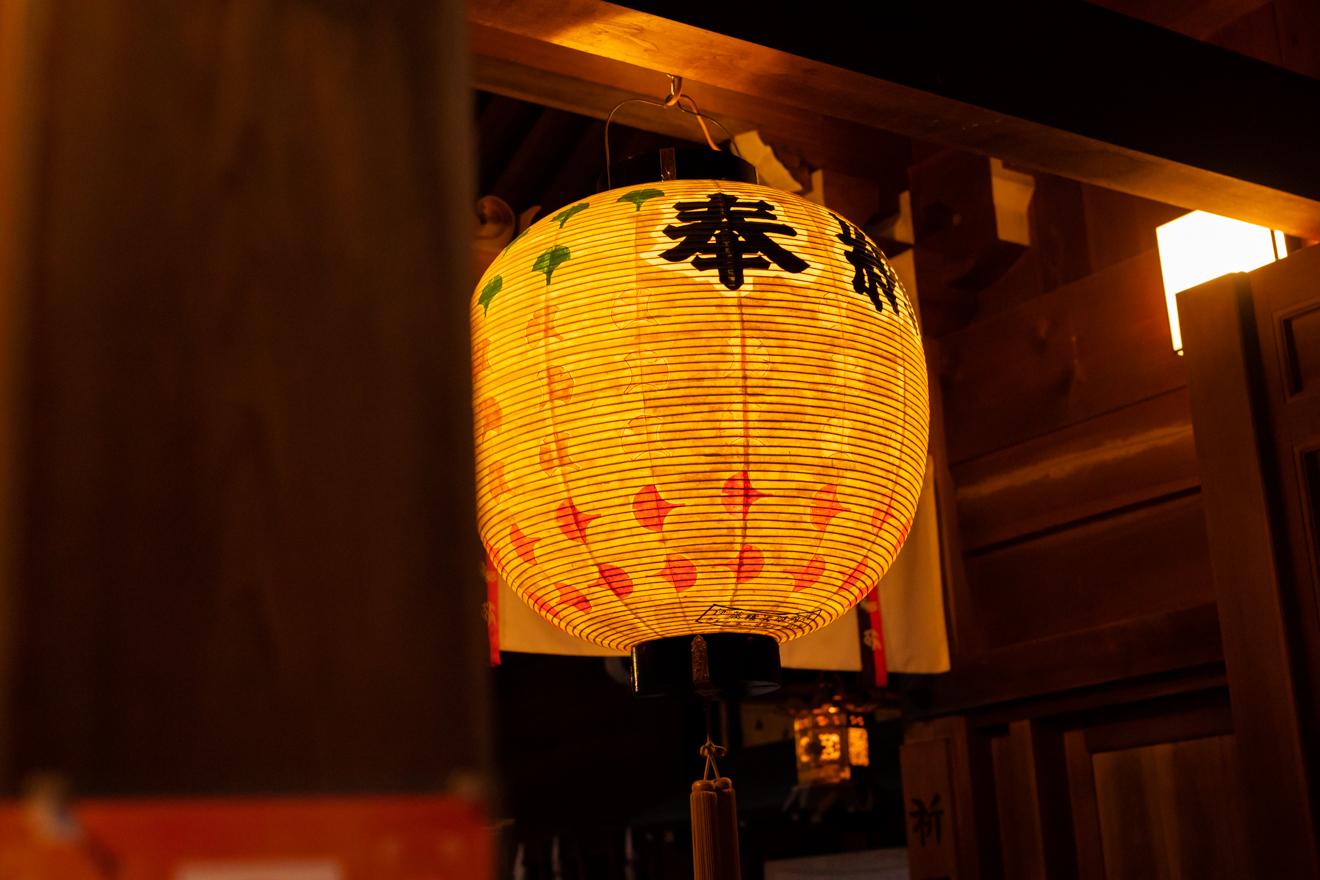
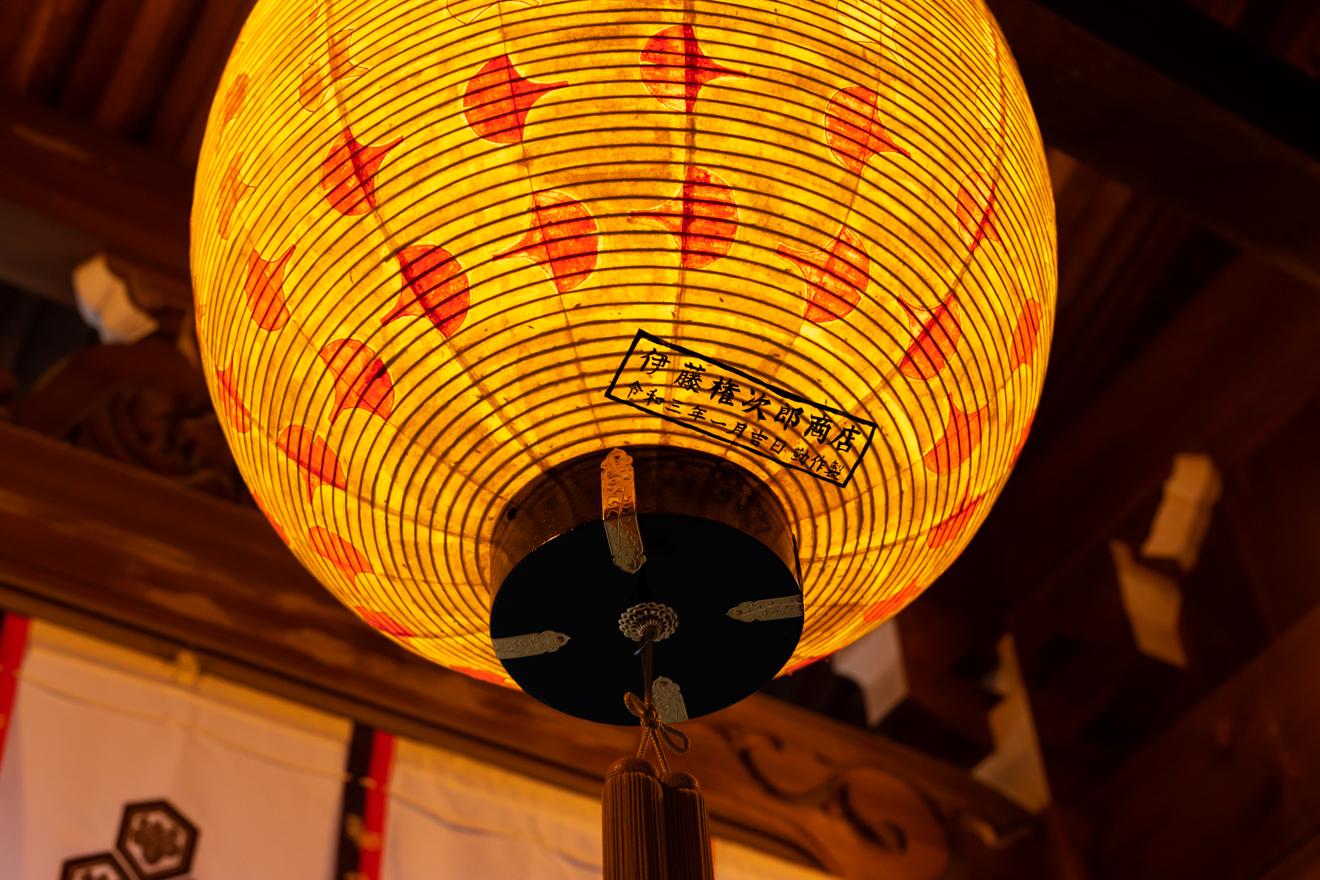
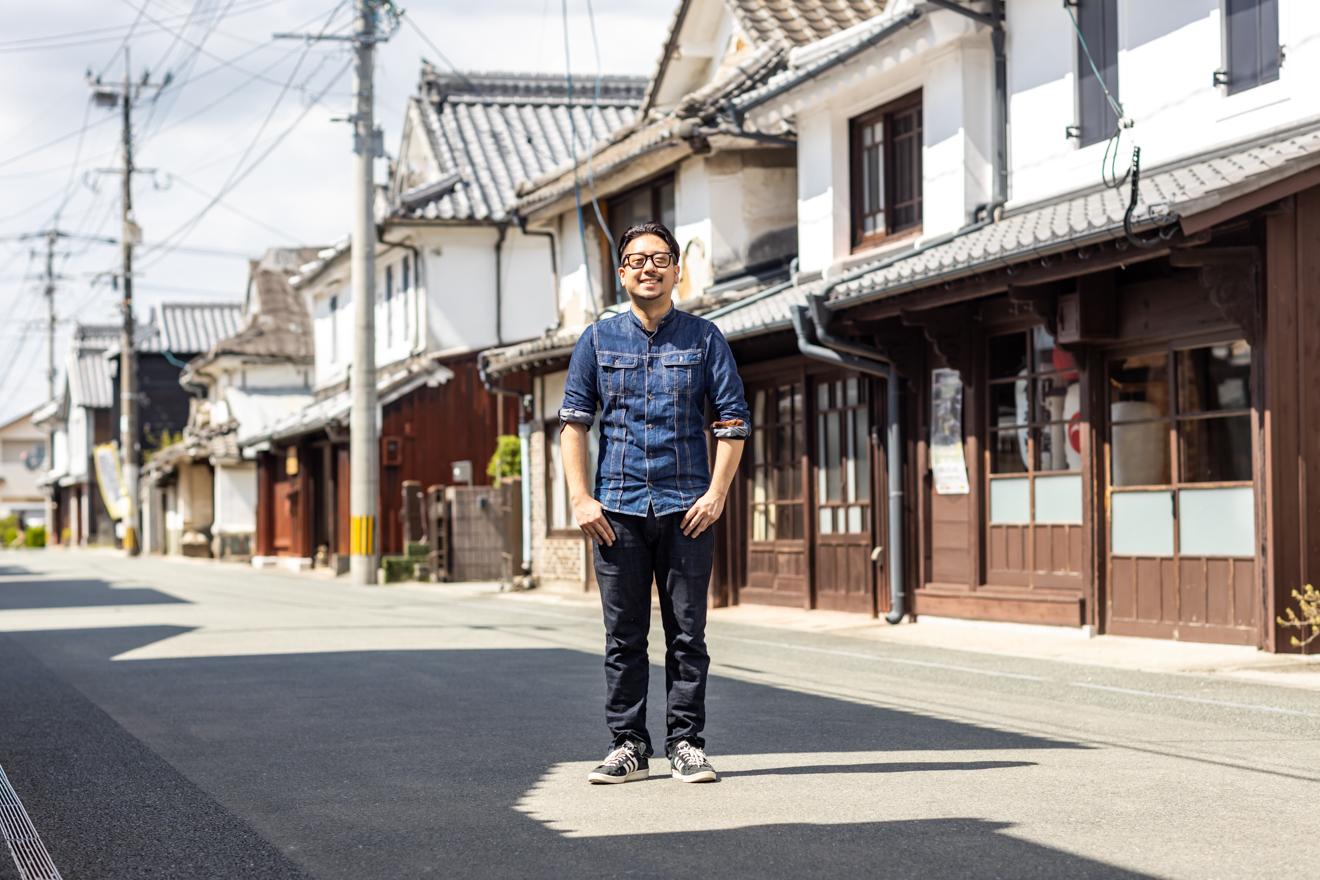
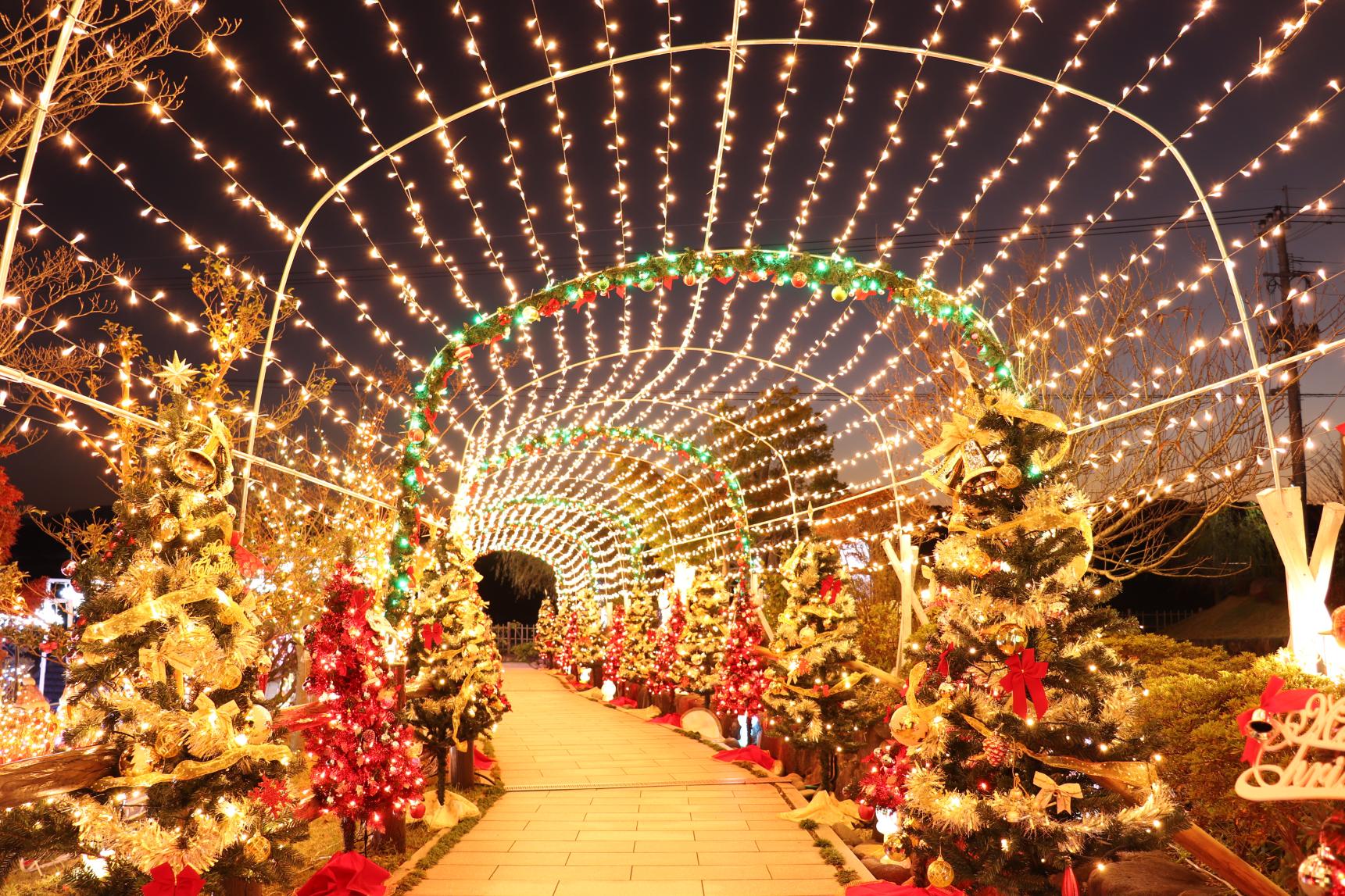


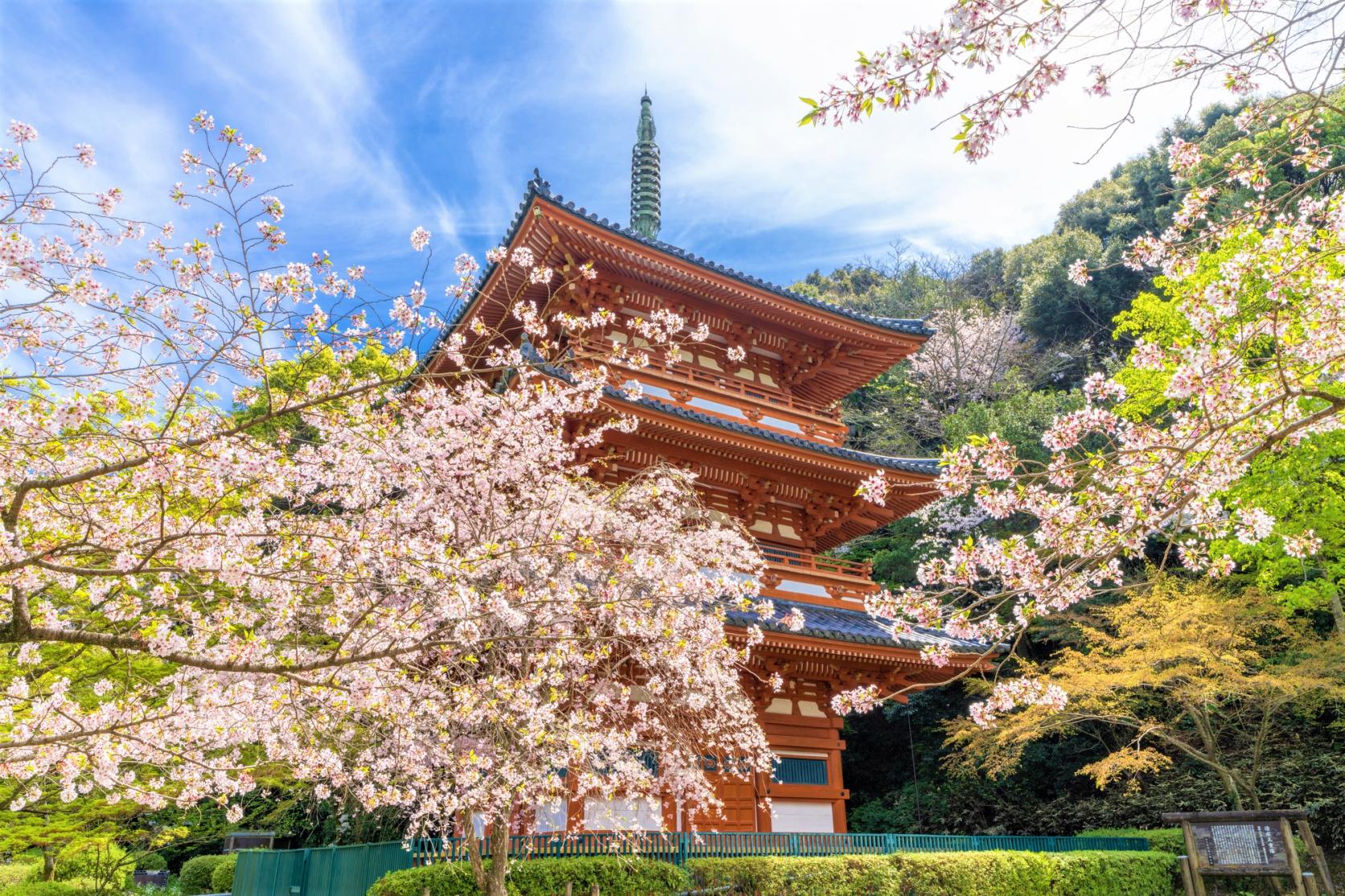
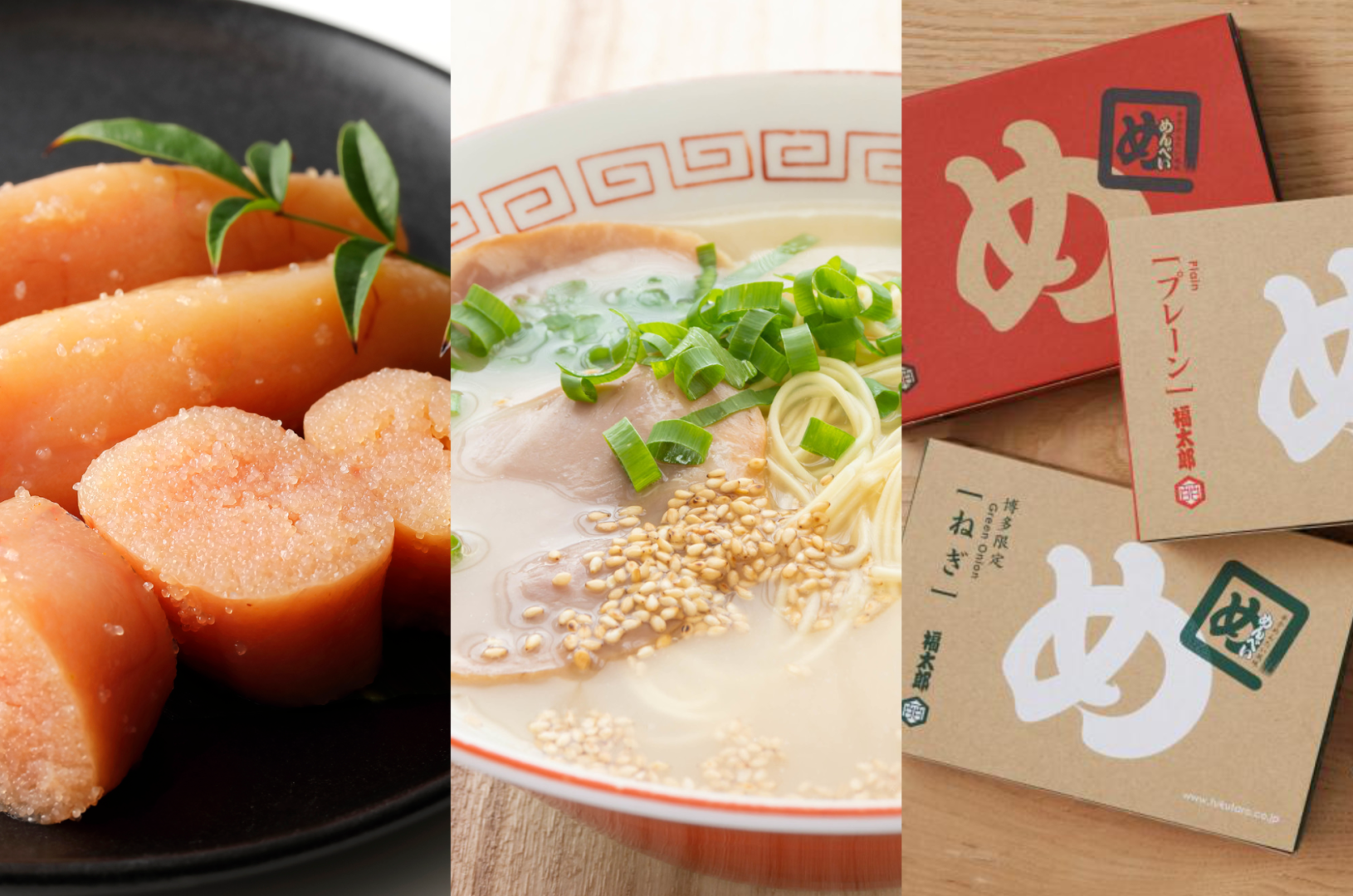
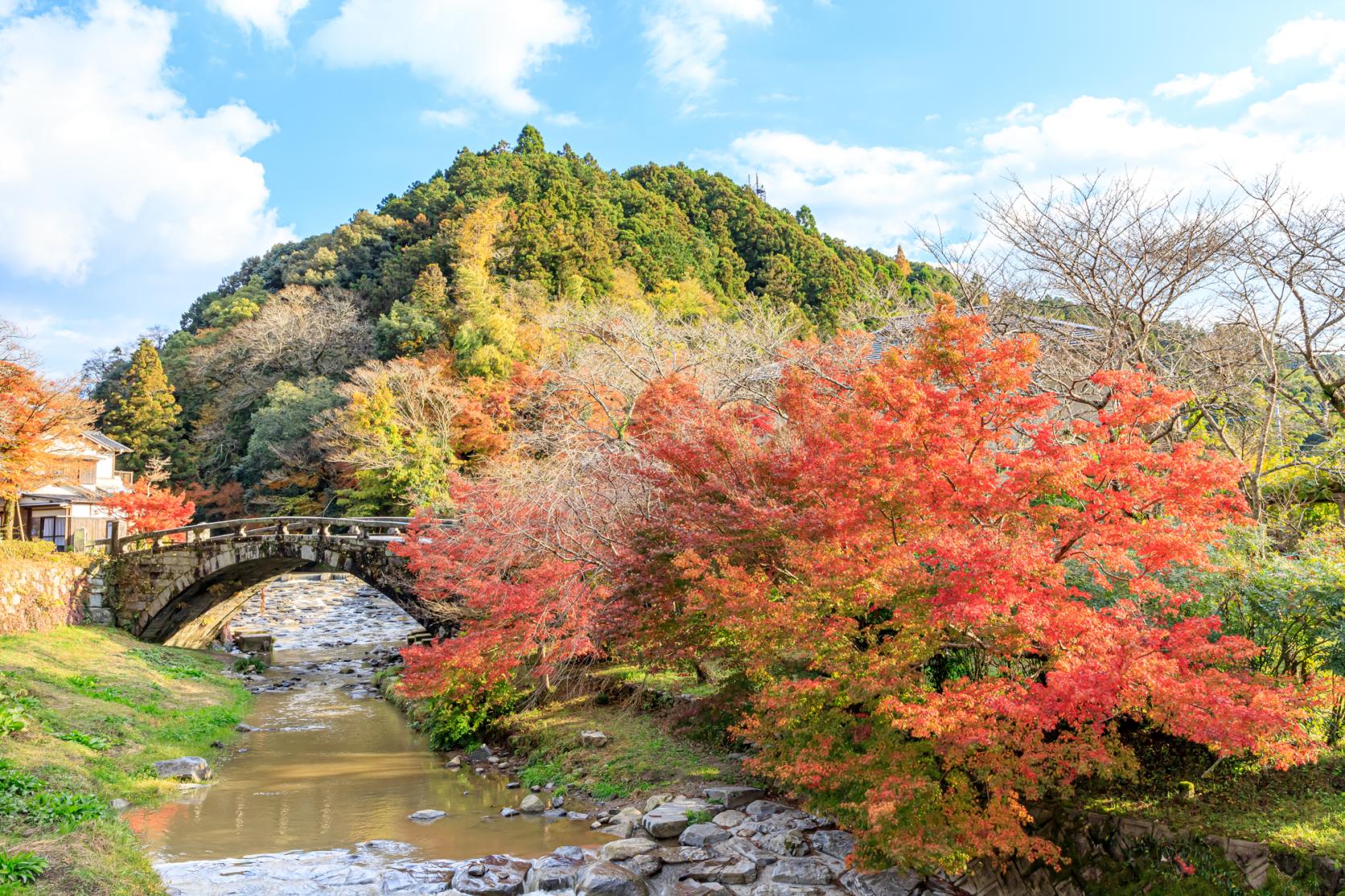

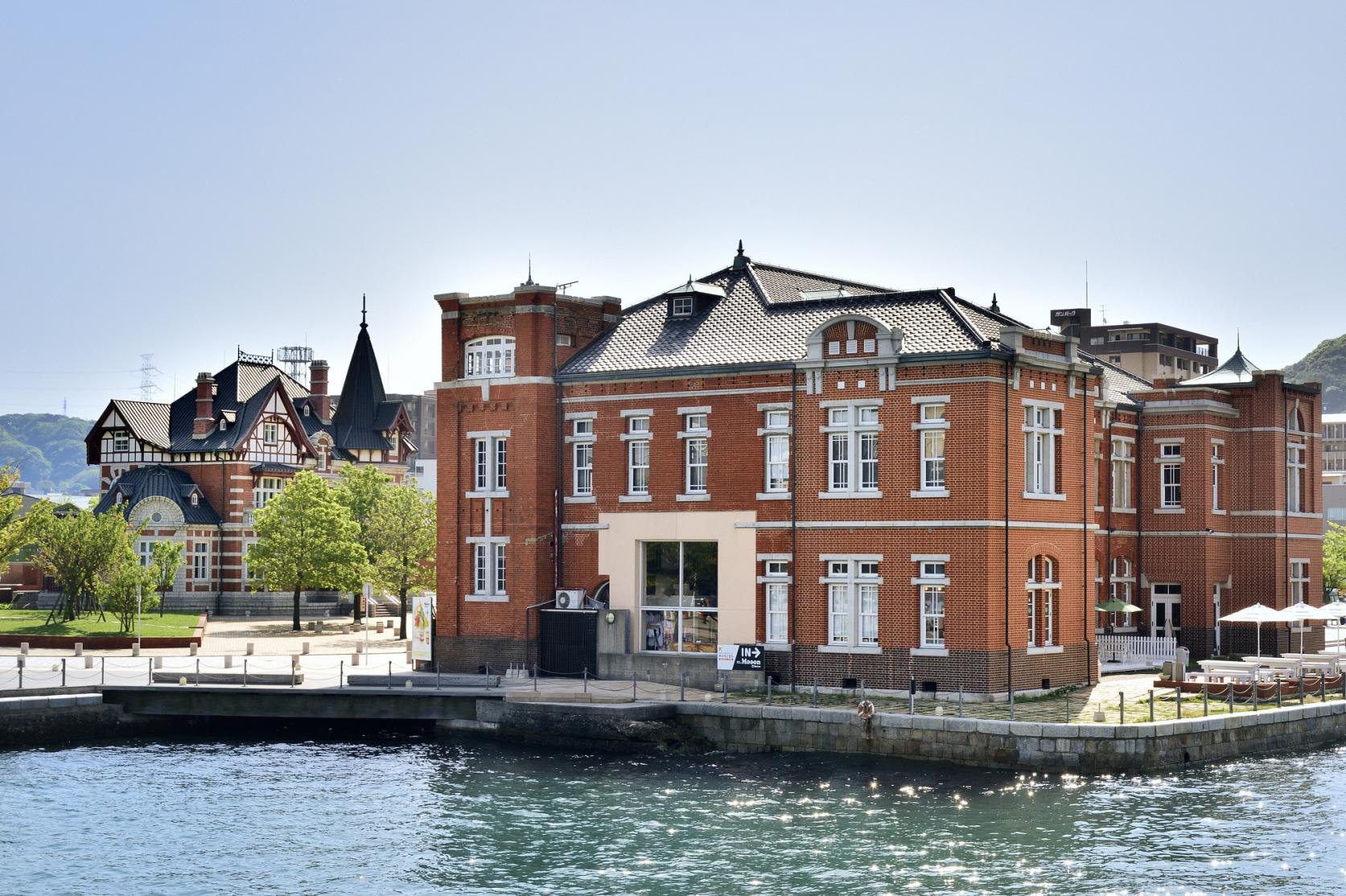
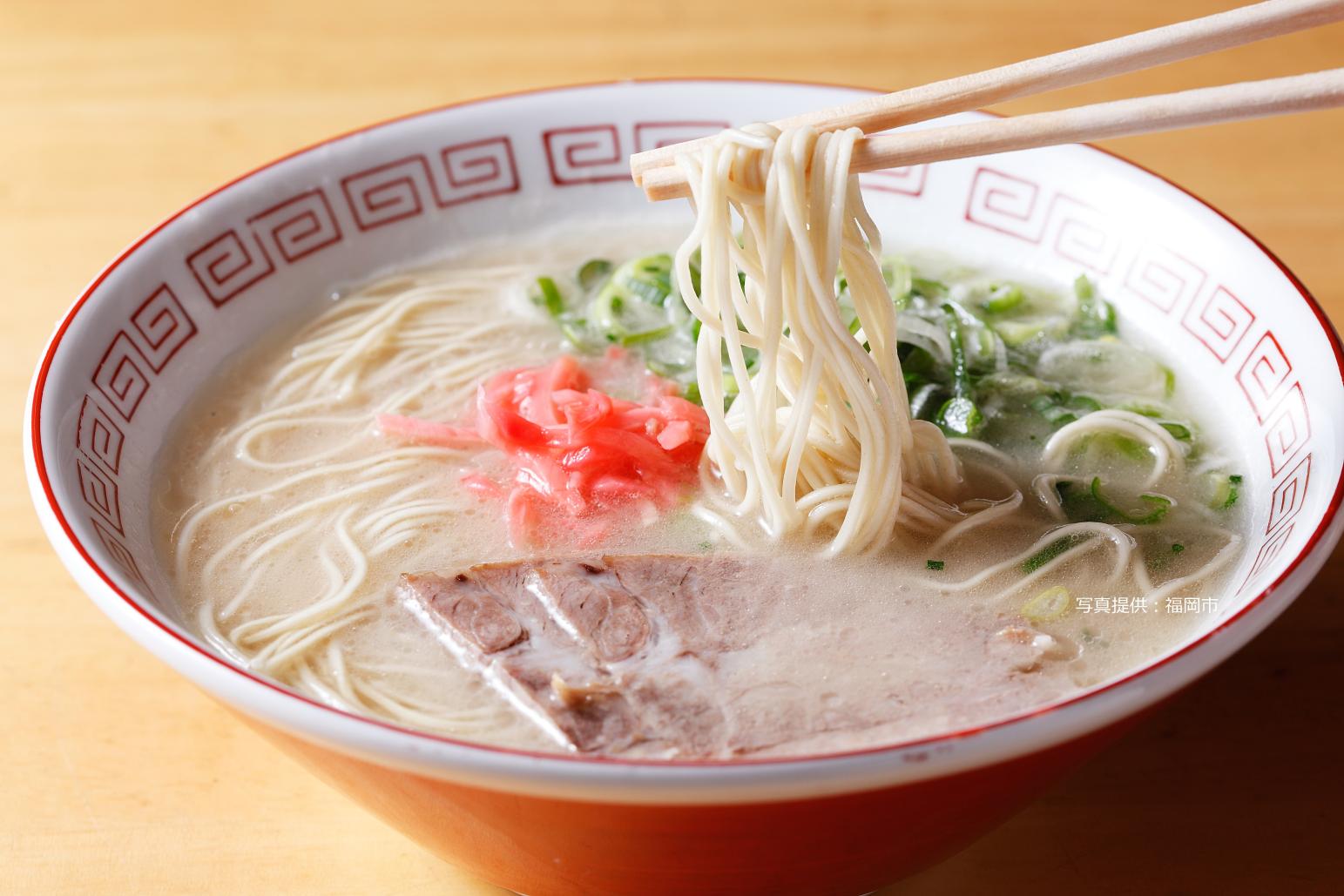
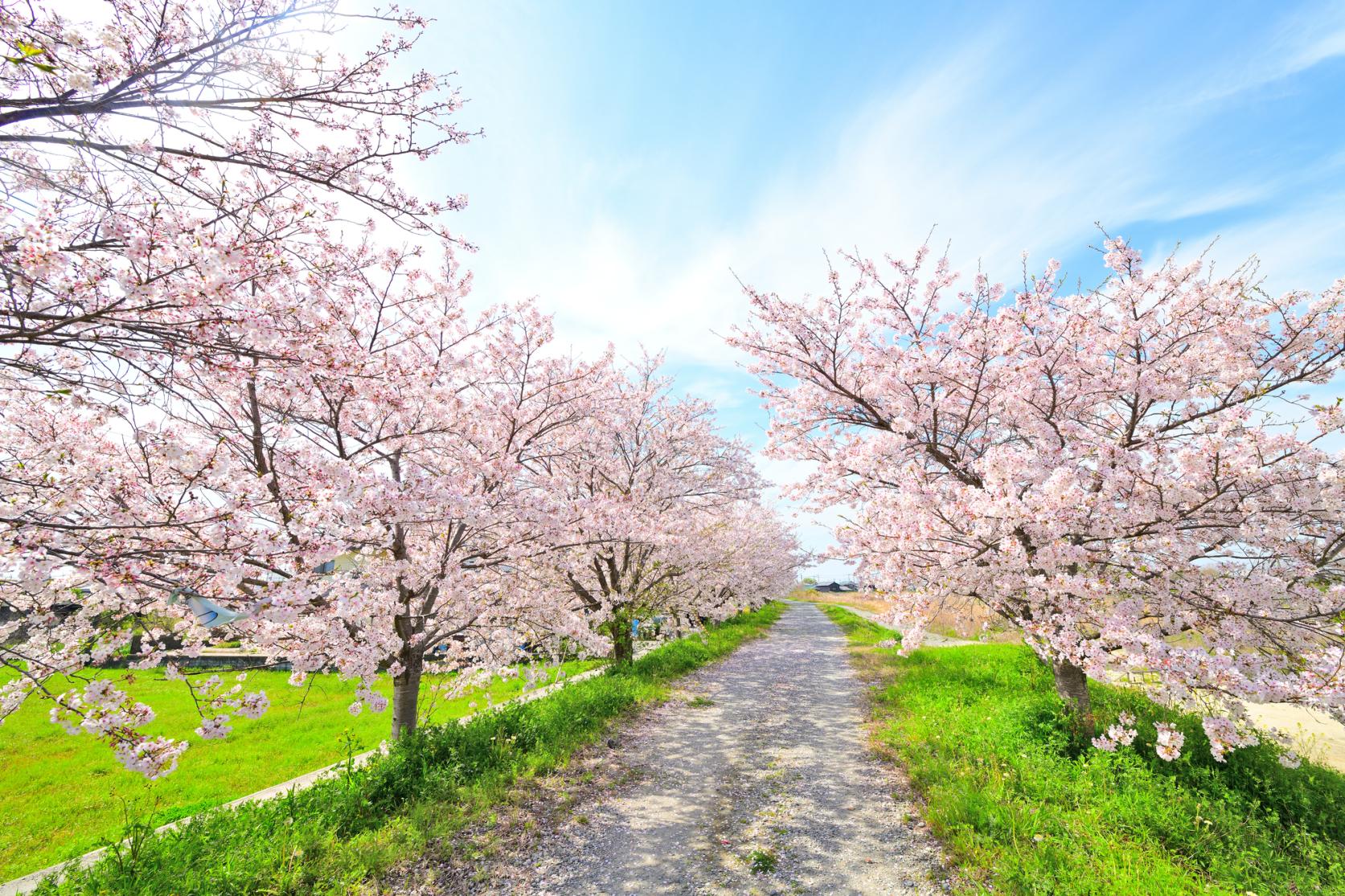
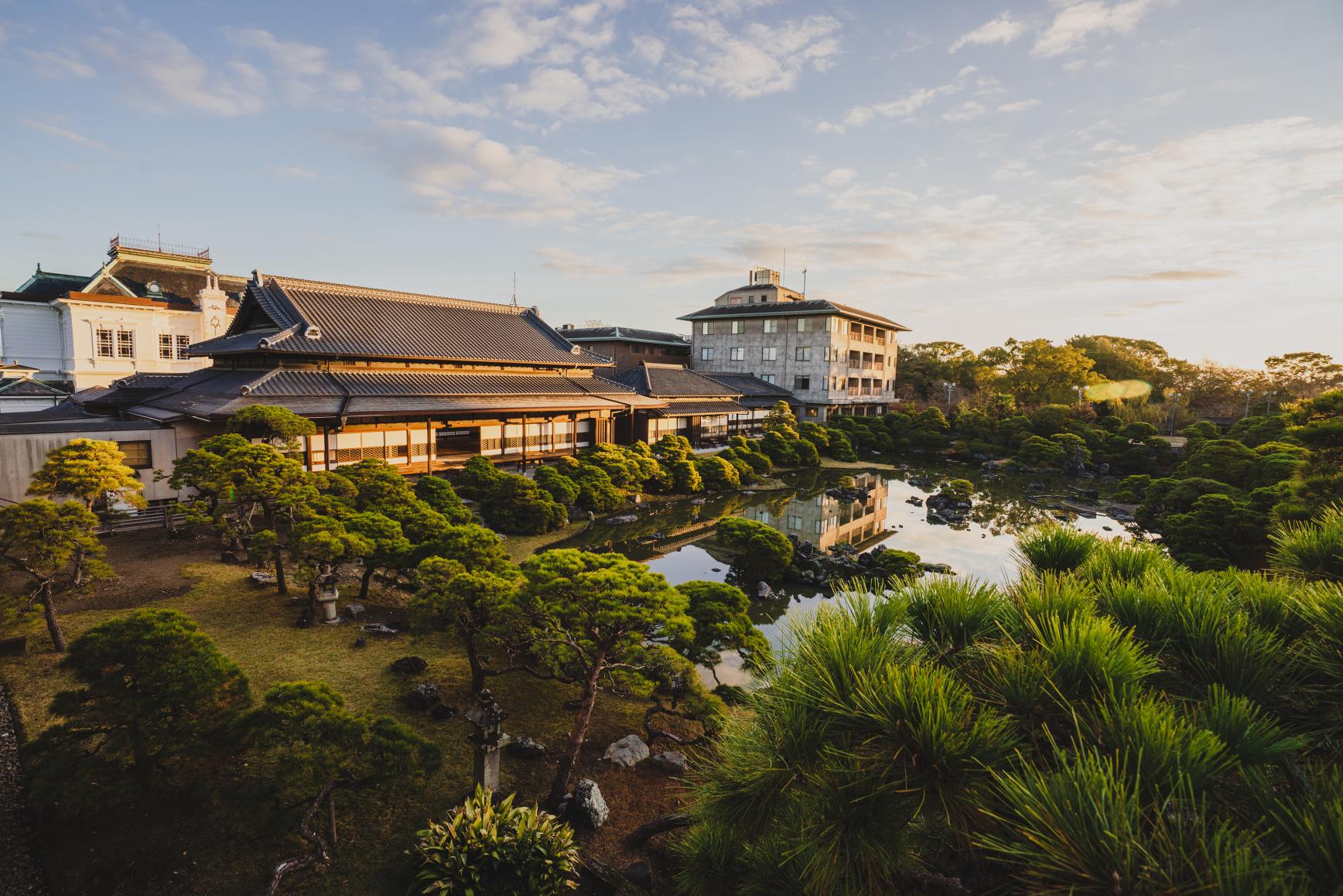
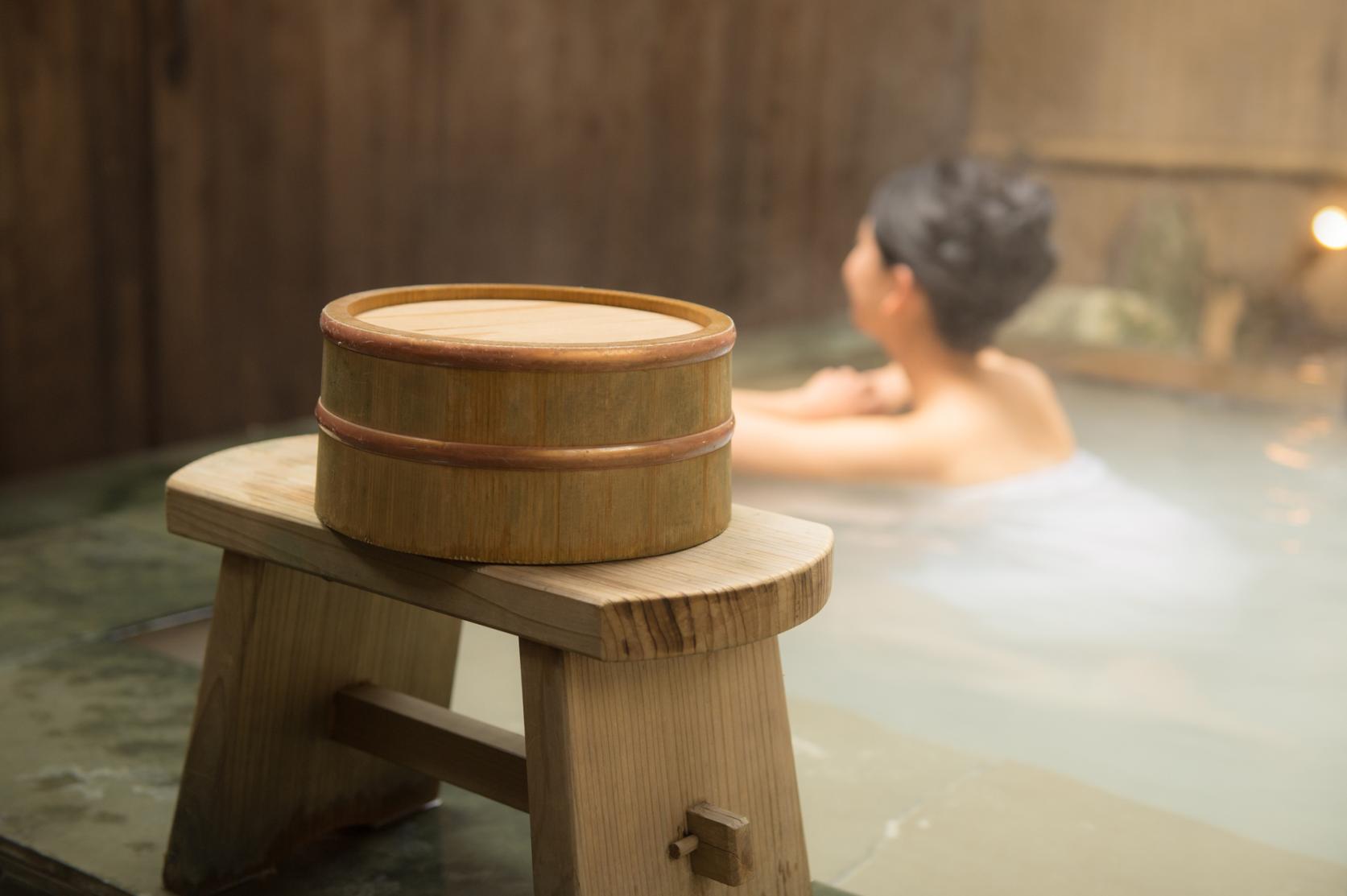
![[2025] Strawberry Picking Spots in Fukuoka-1](https://www.crossroadfukuoka.jp/storage/special_features/49/responsive_images/9ZHgrqvQdpH8tM4IRF54DXu0aPBF3YGGkj5WOTGc__1673_1115.jpg)
